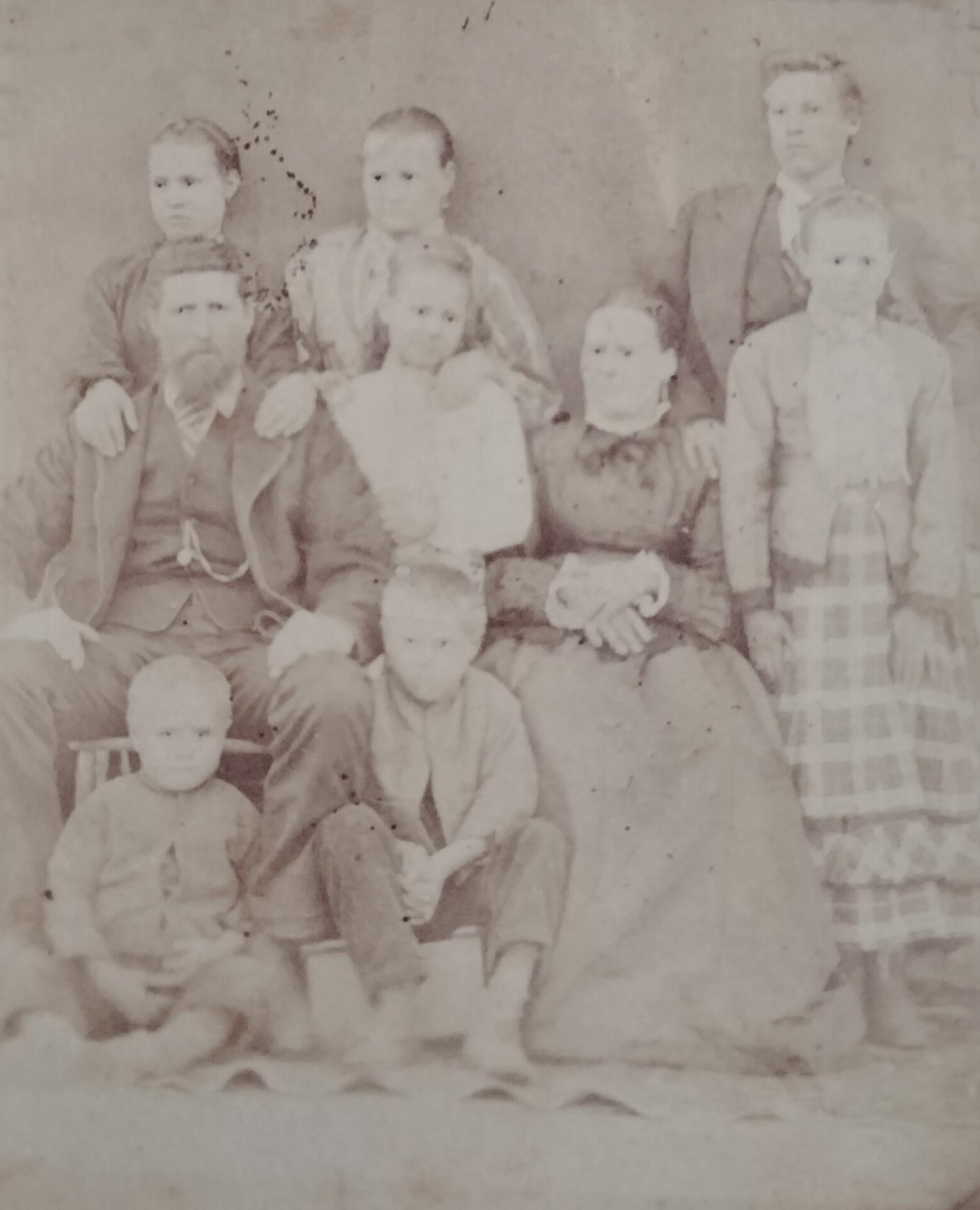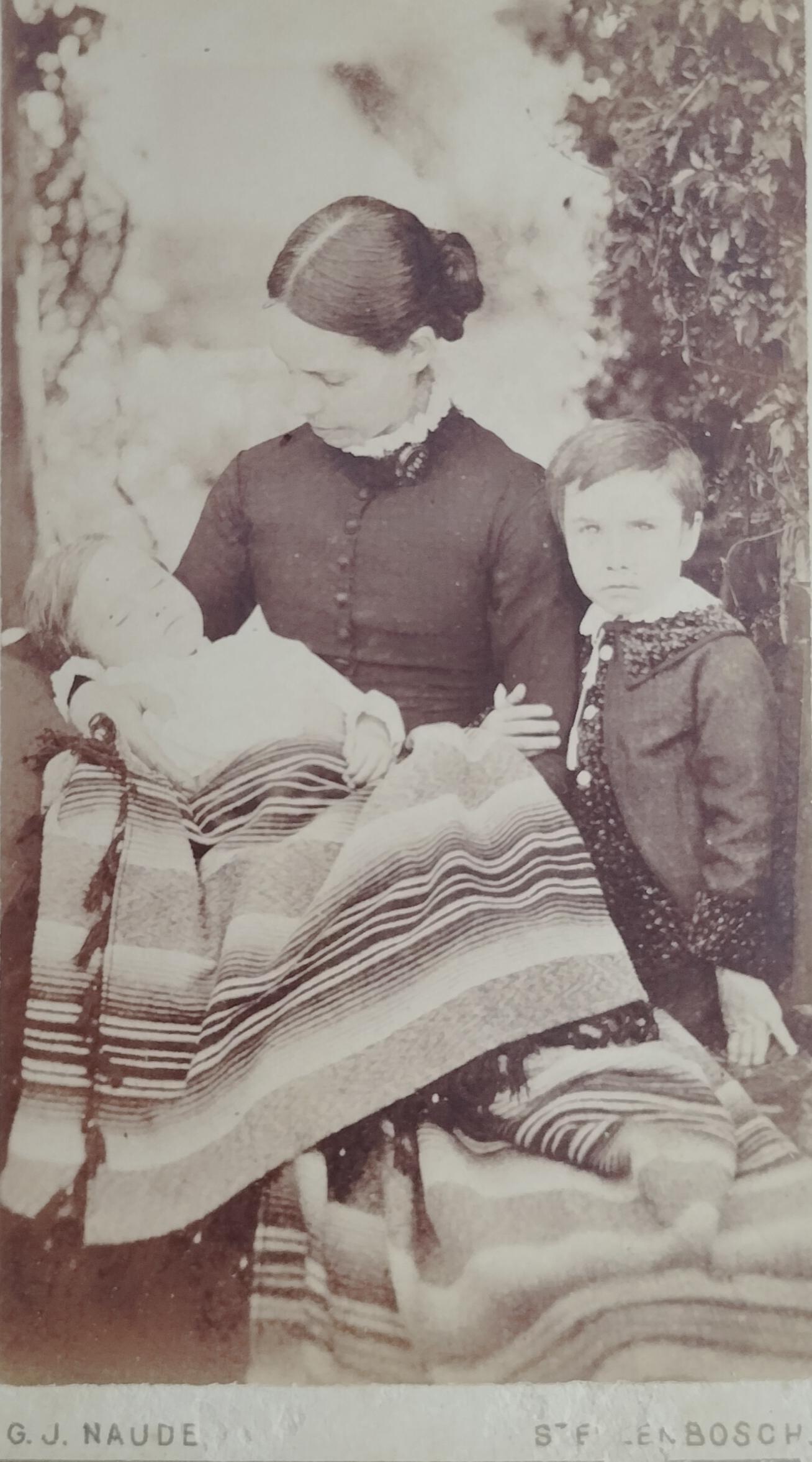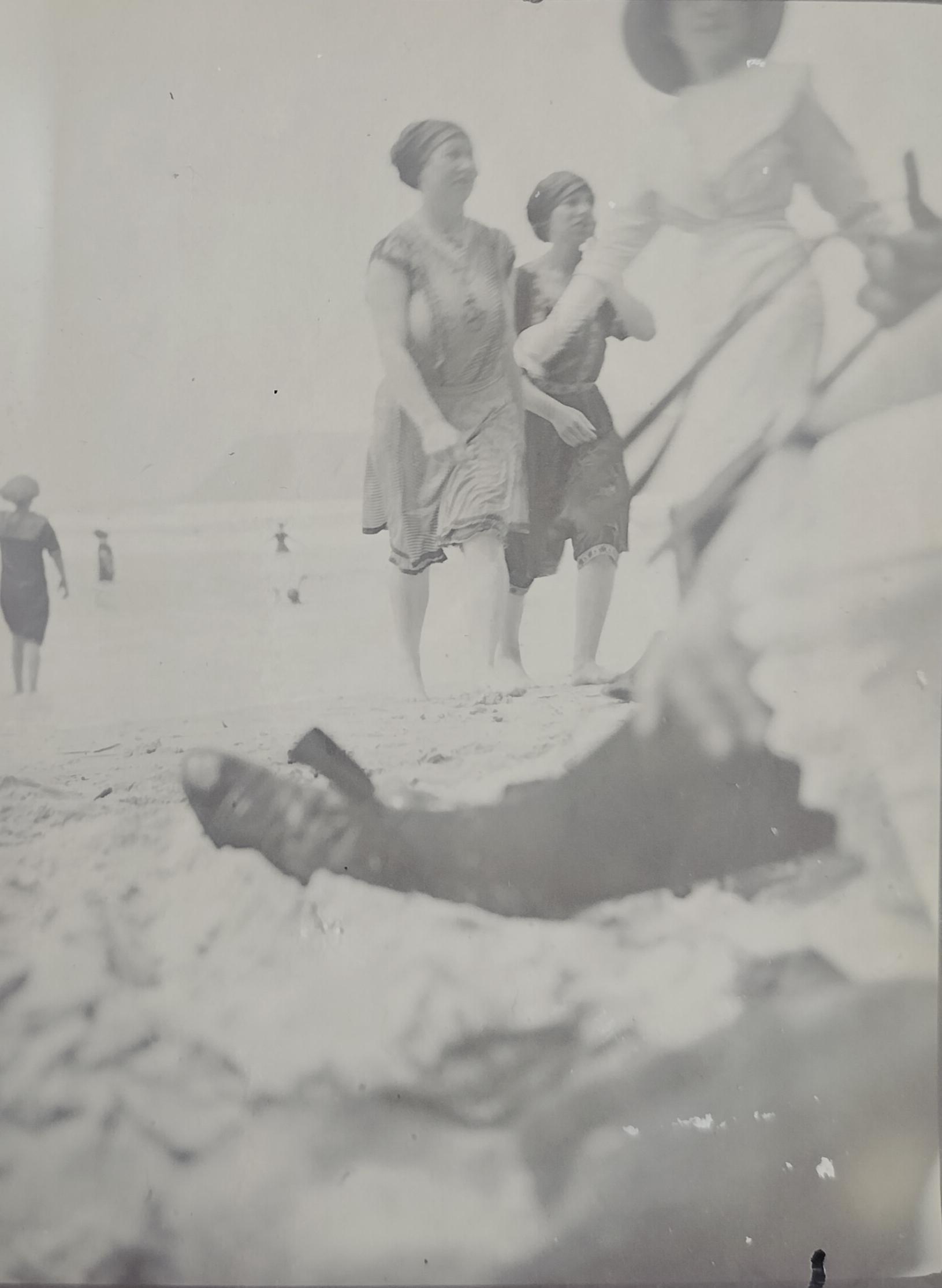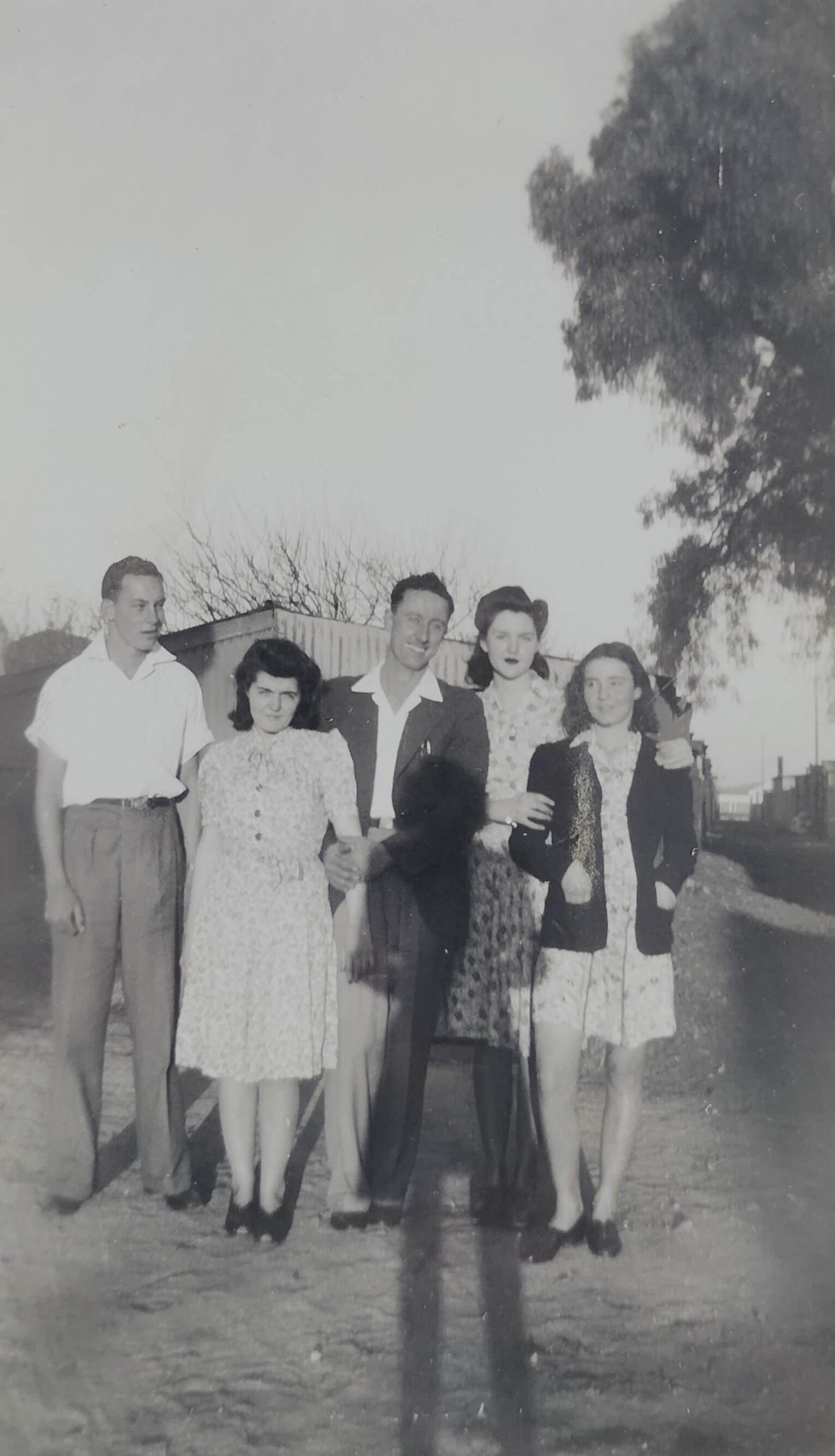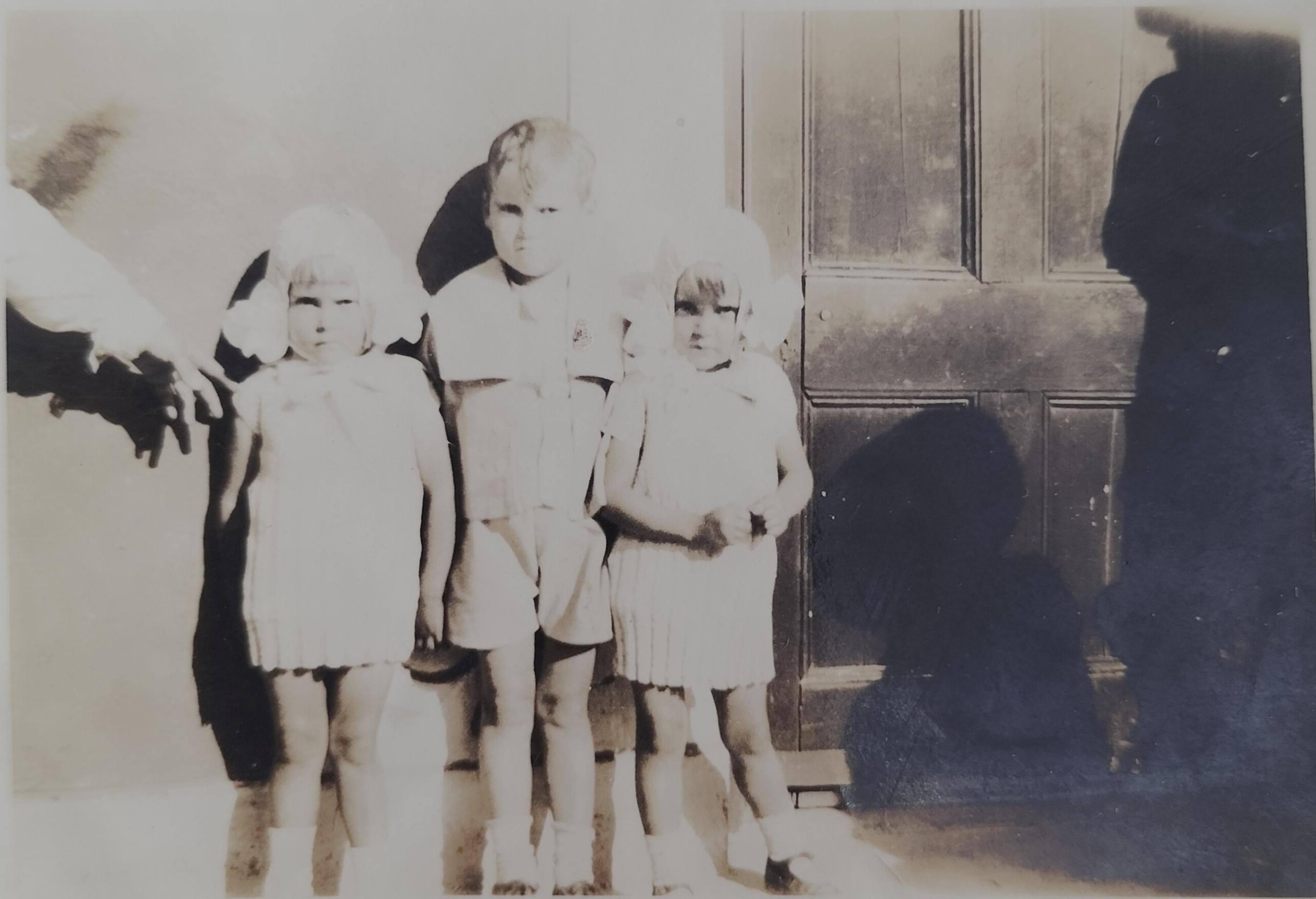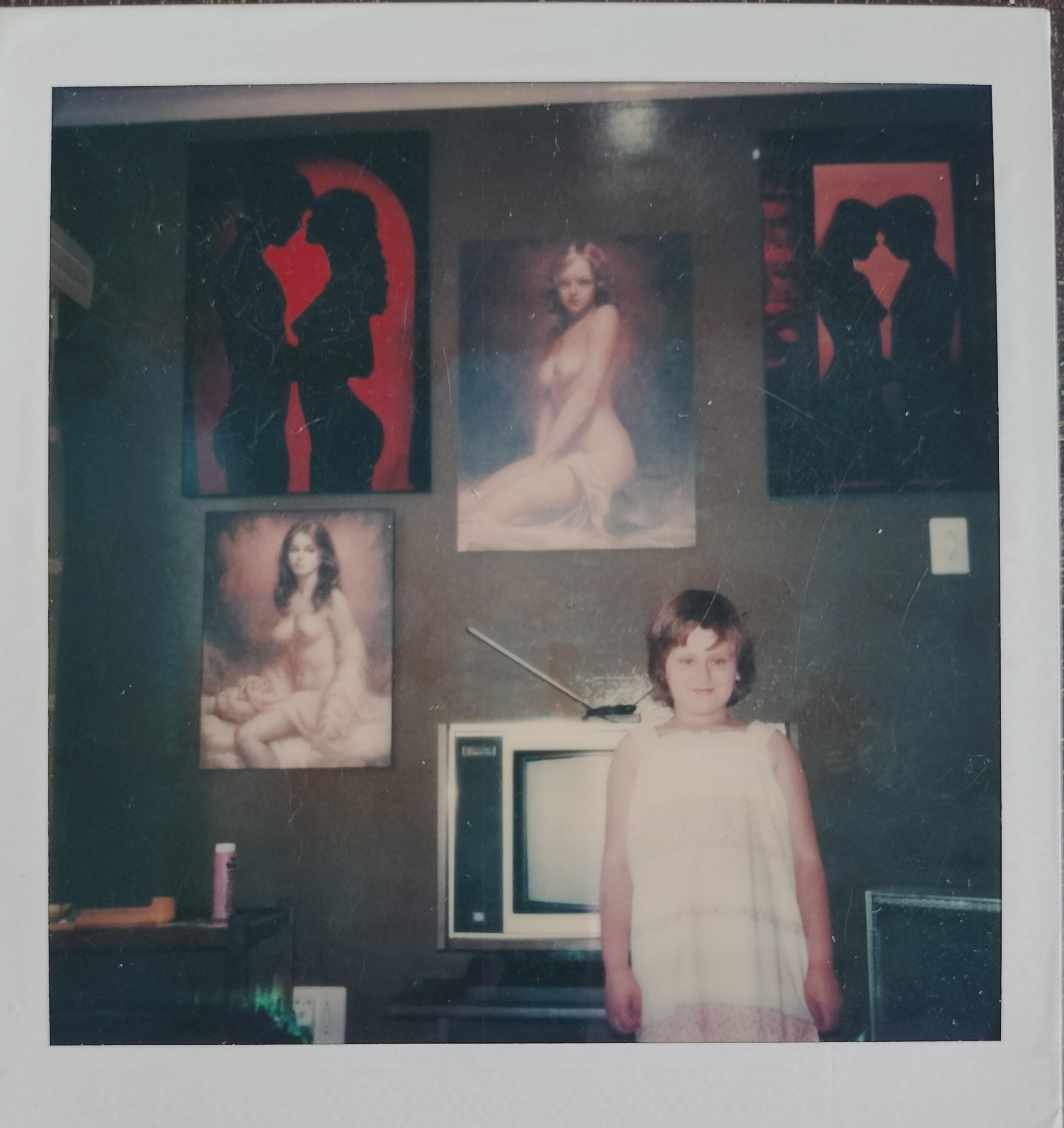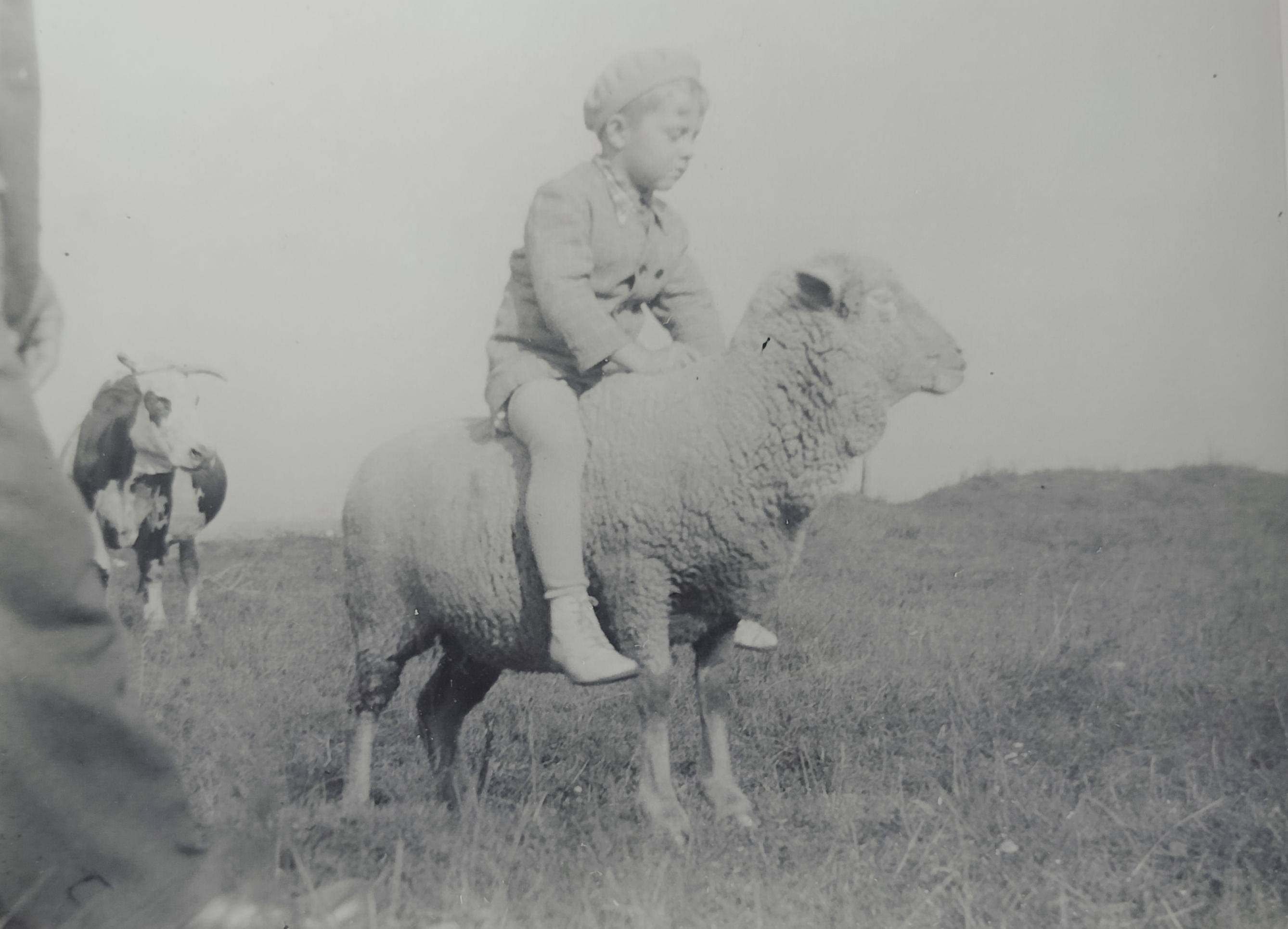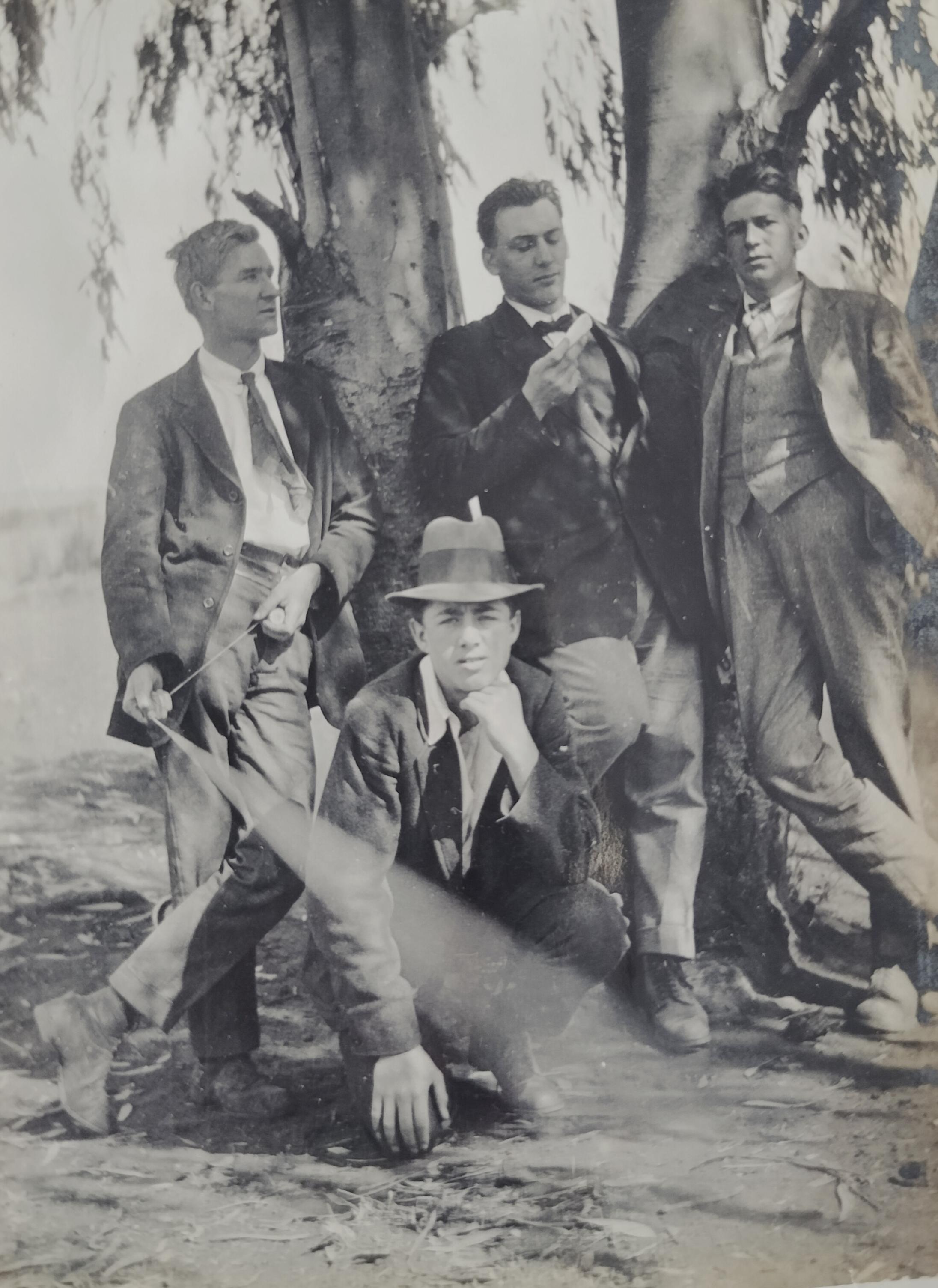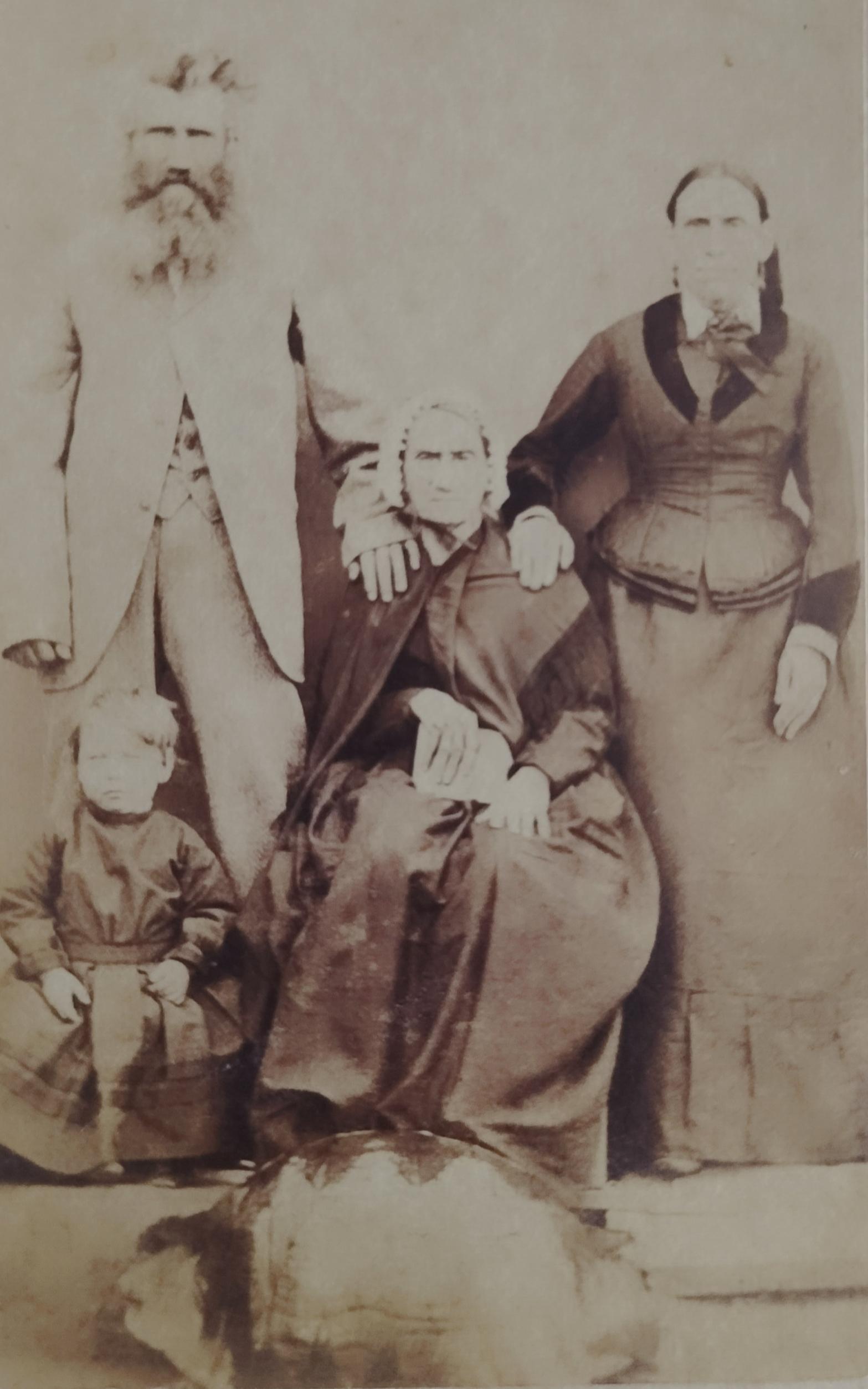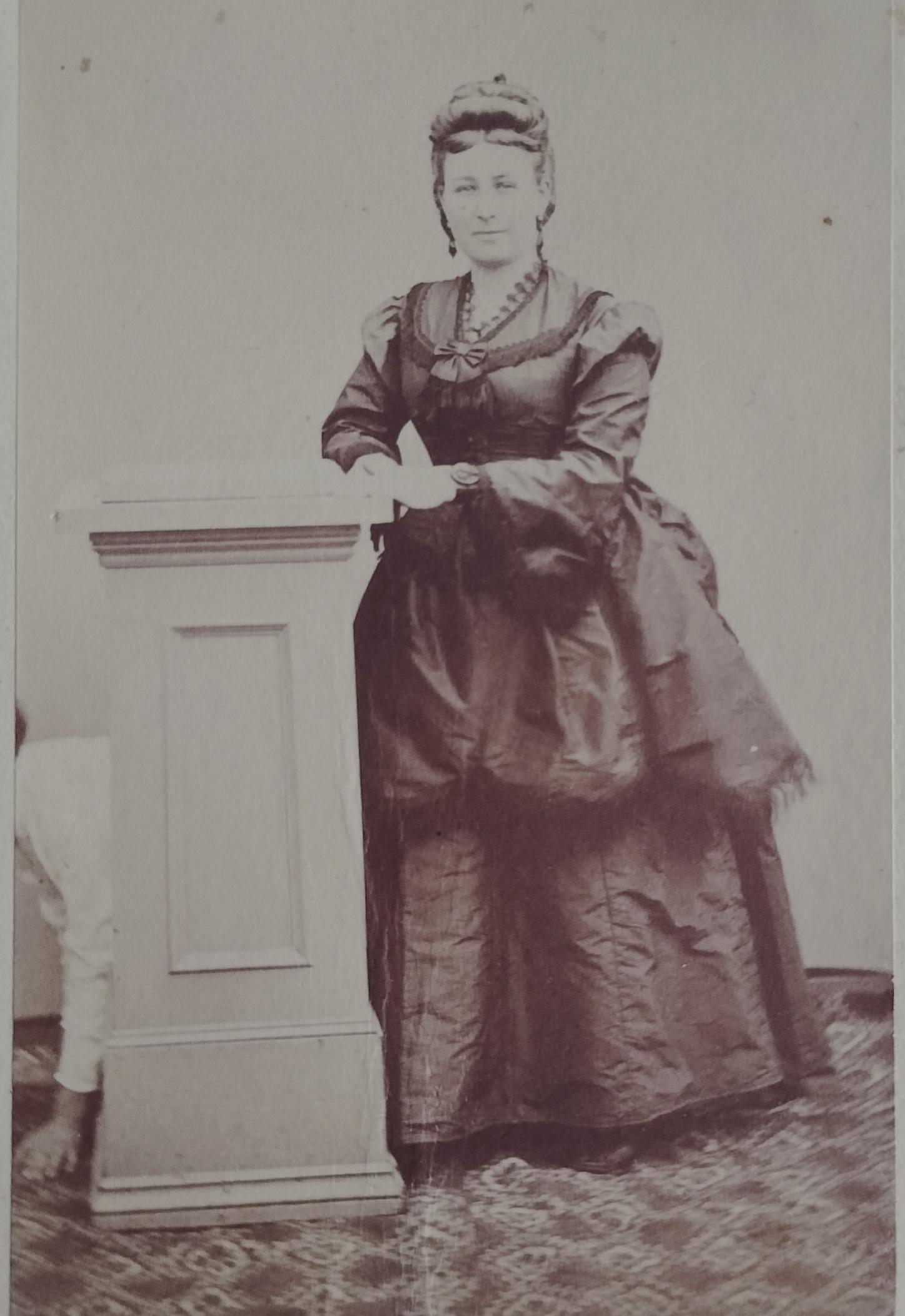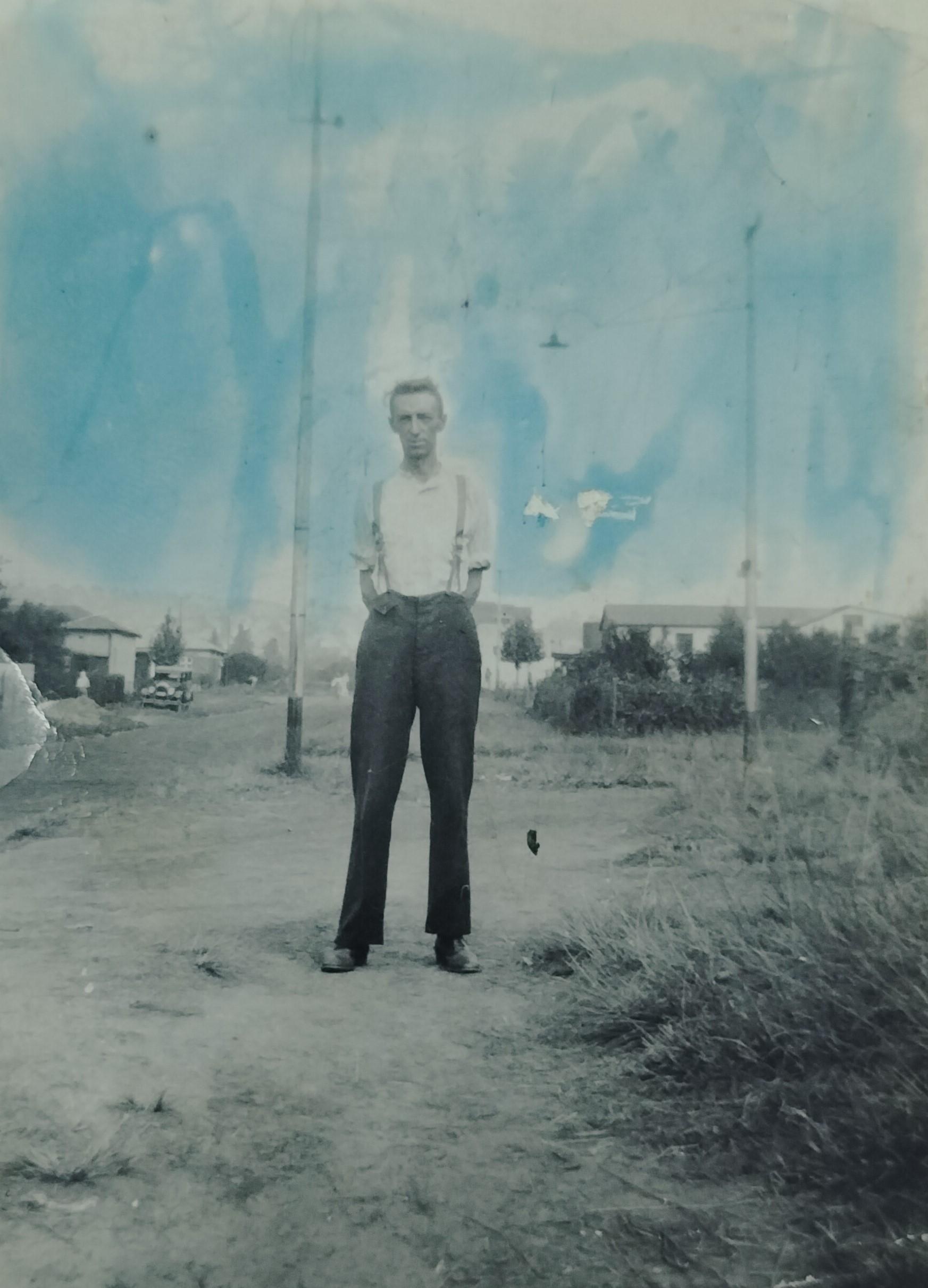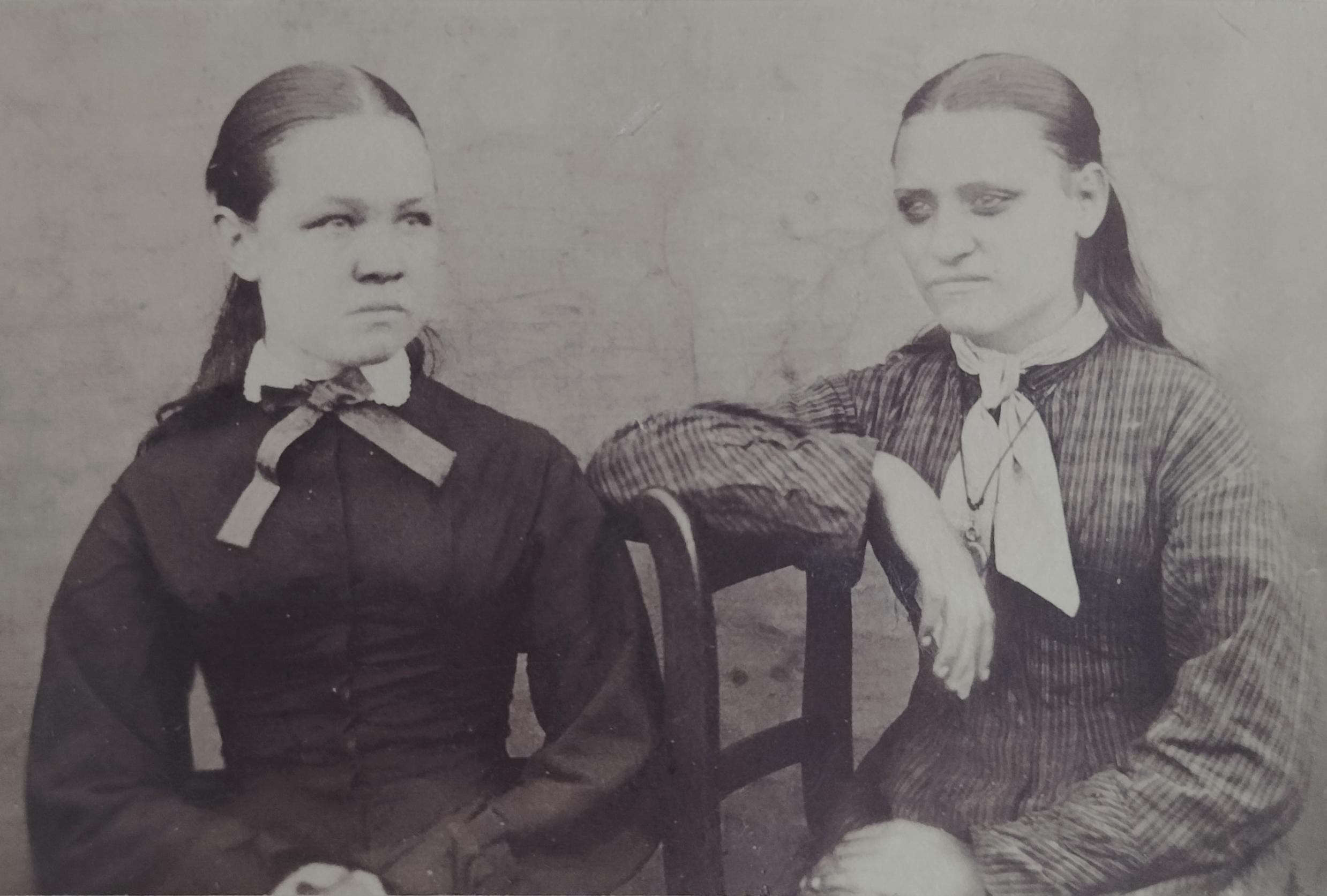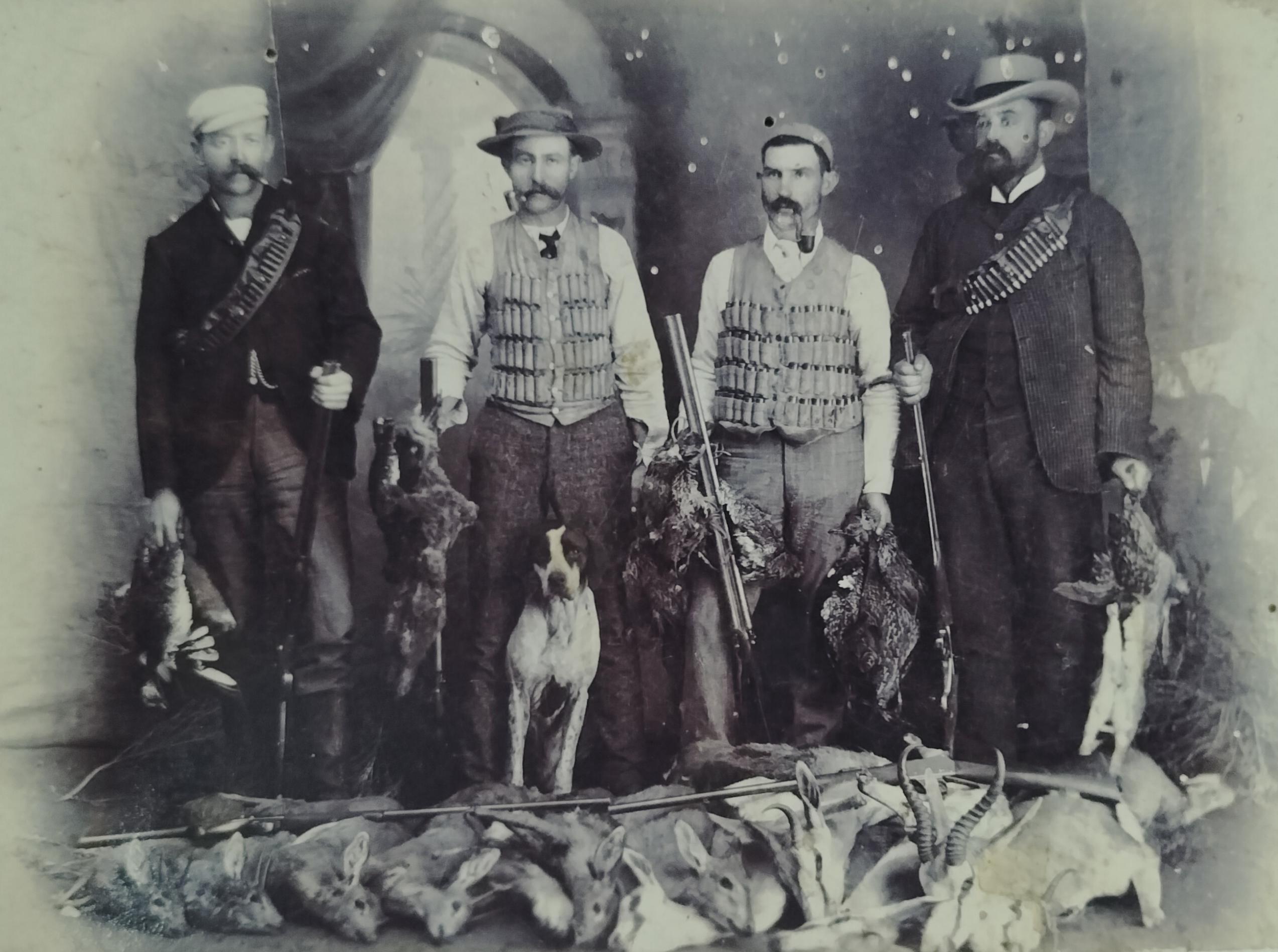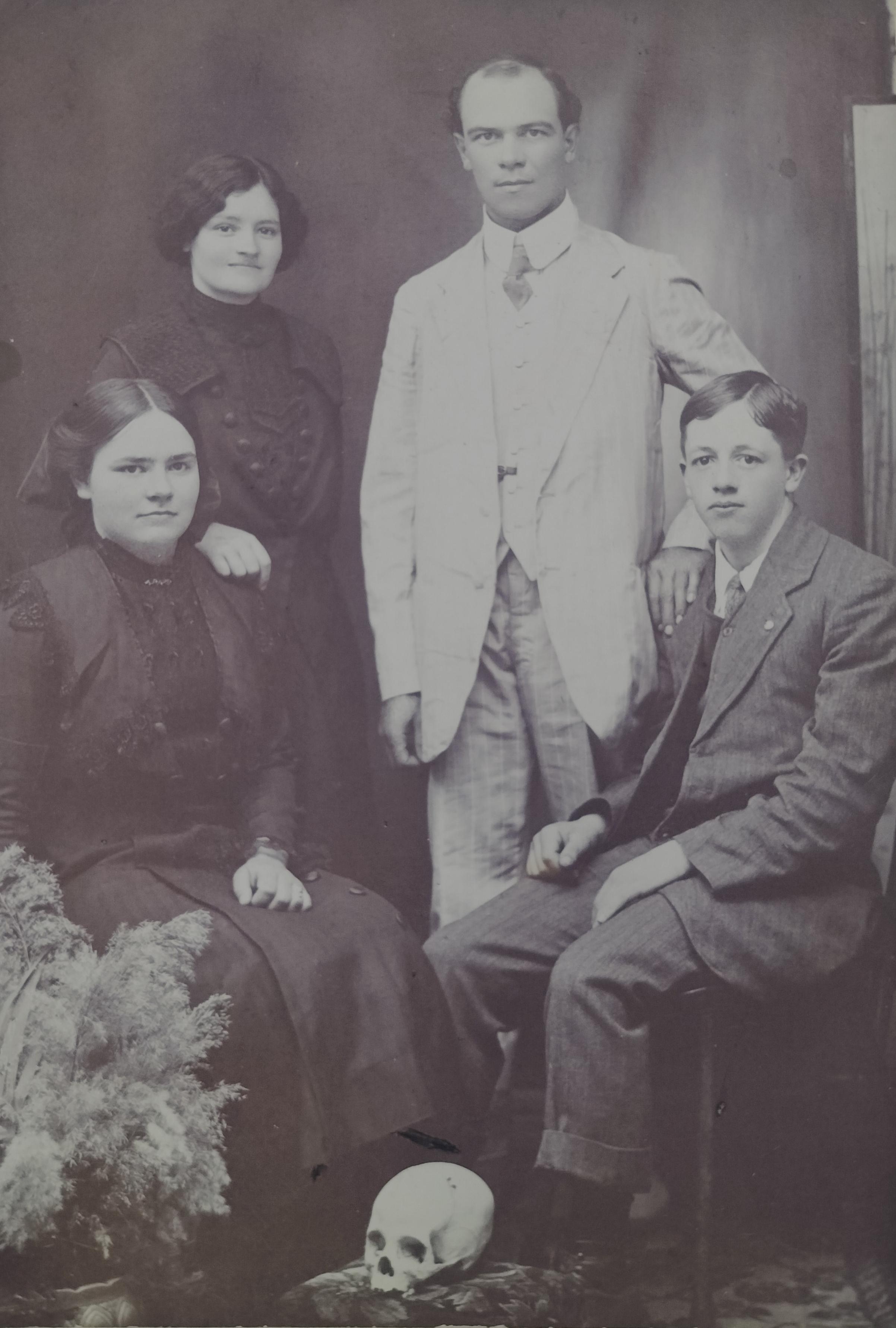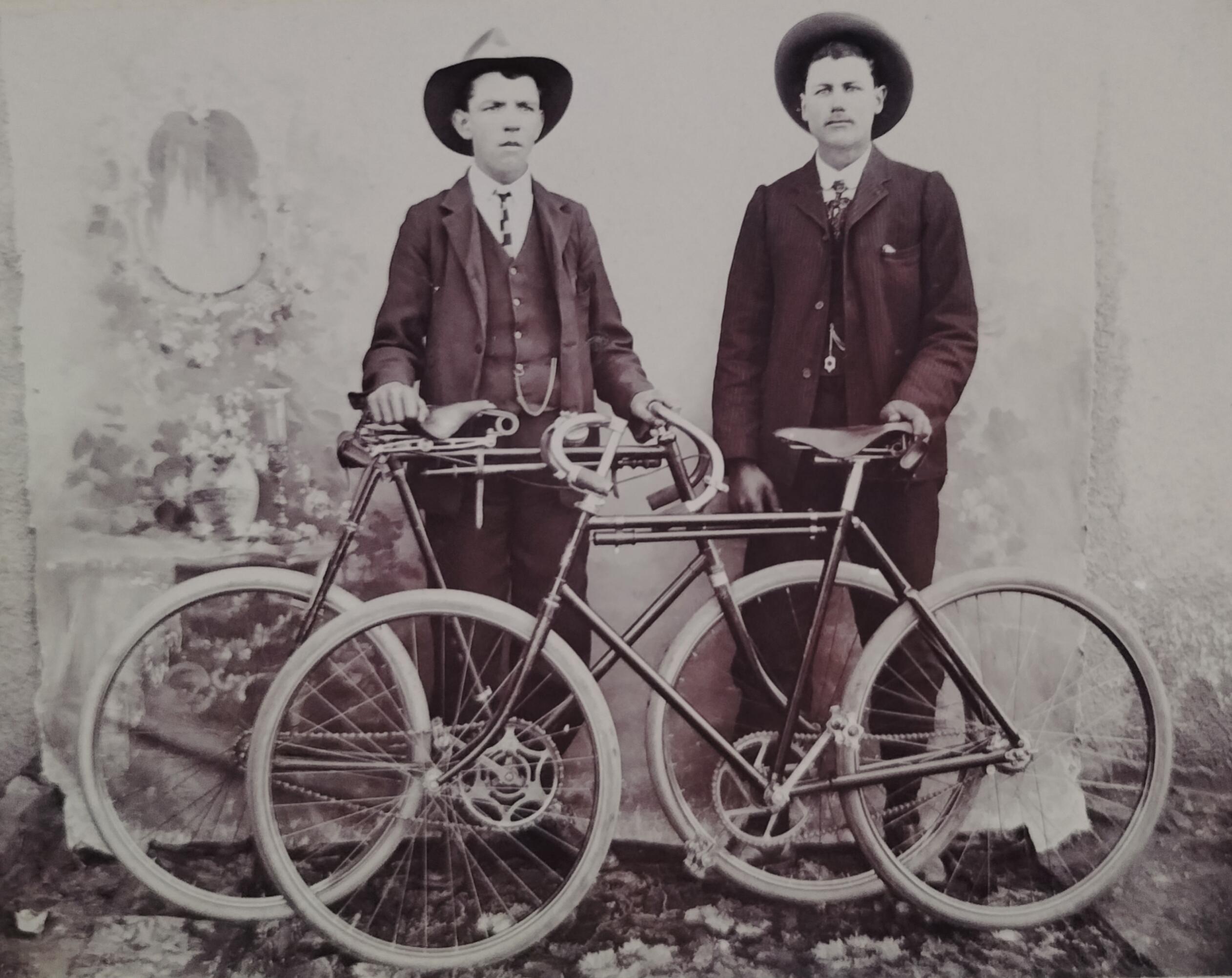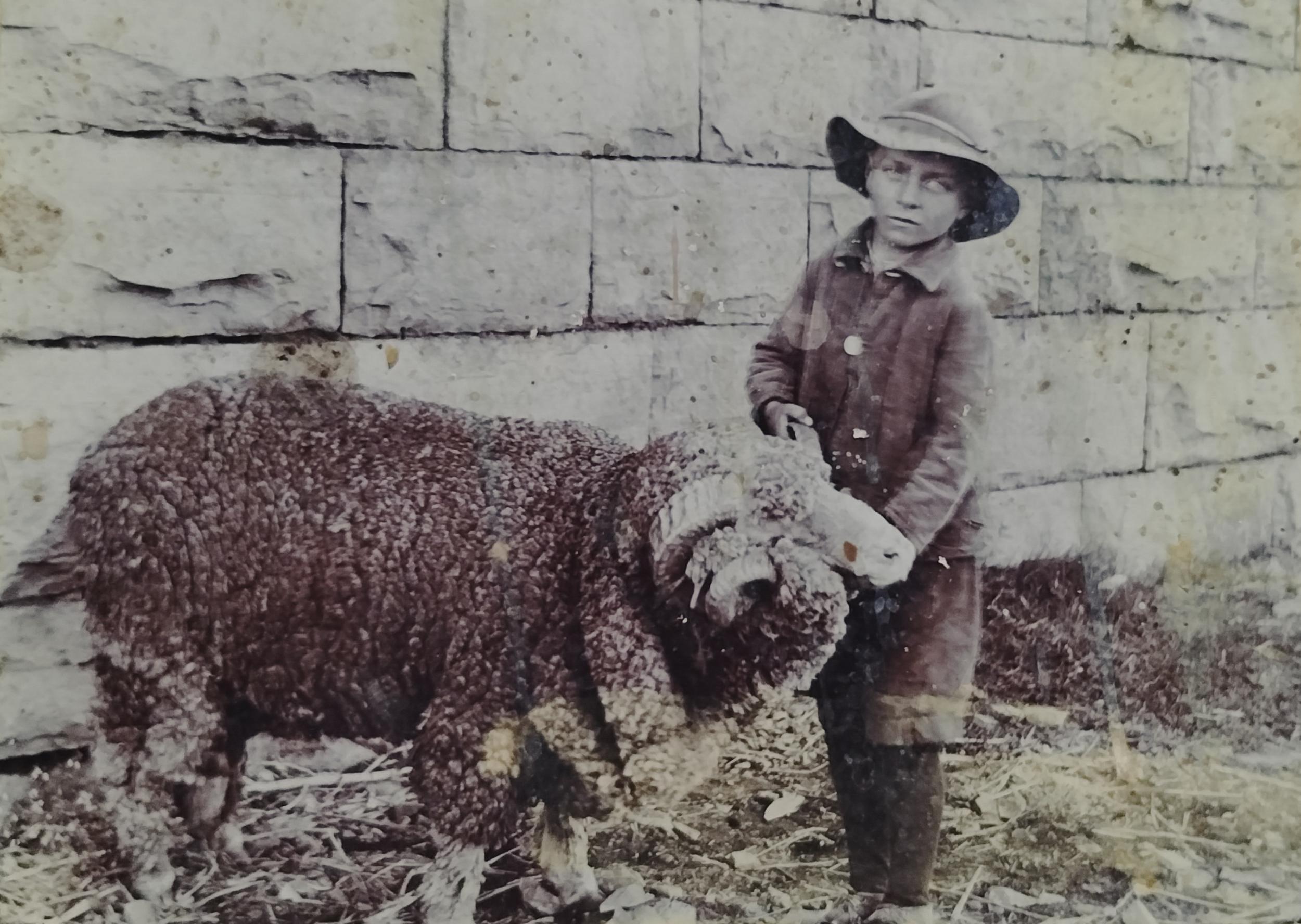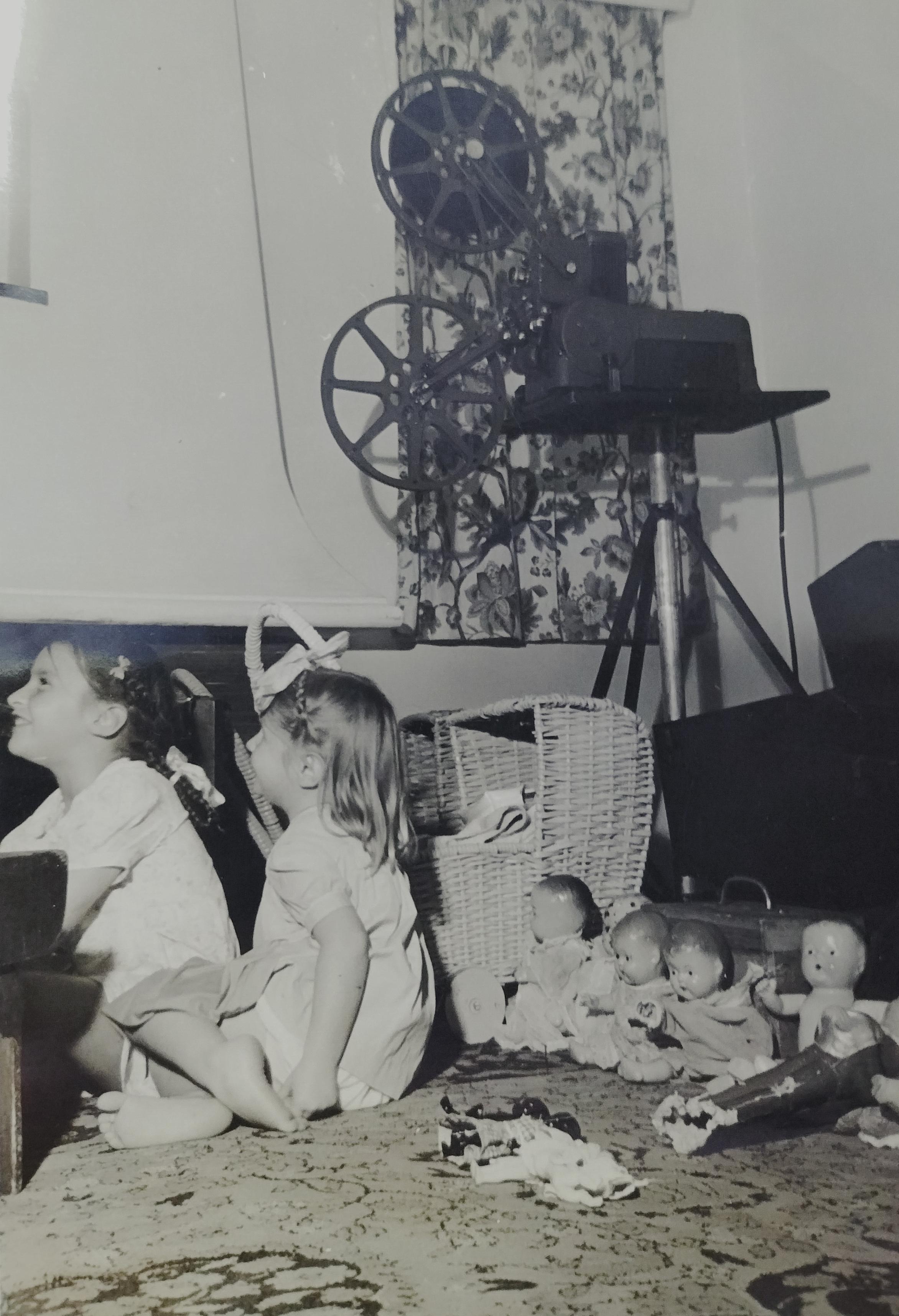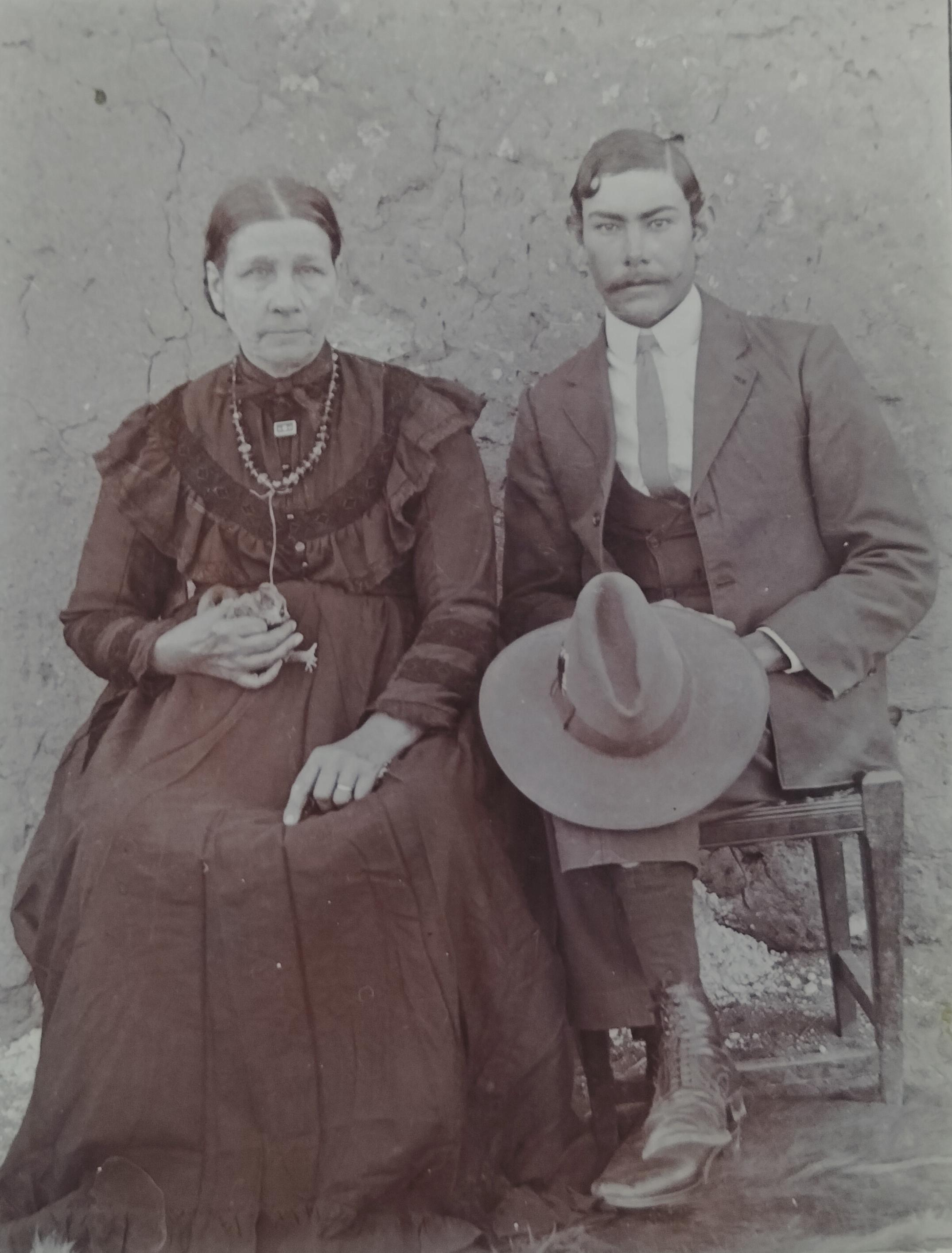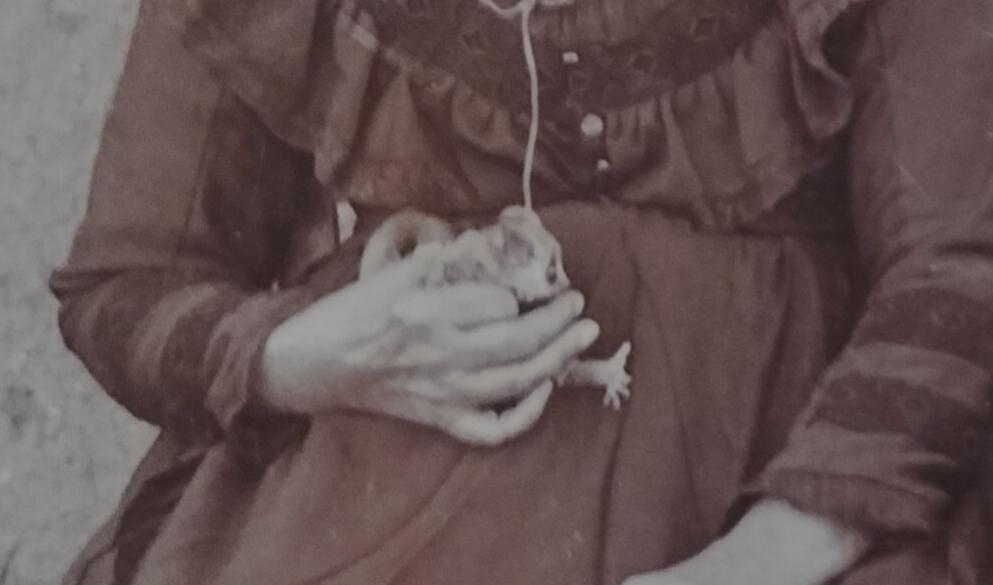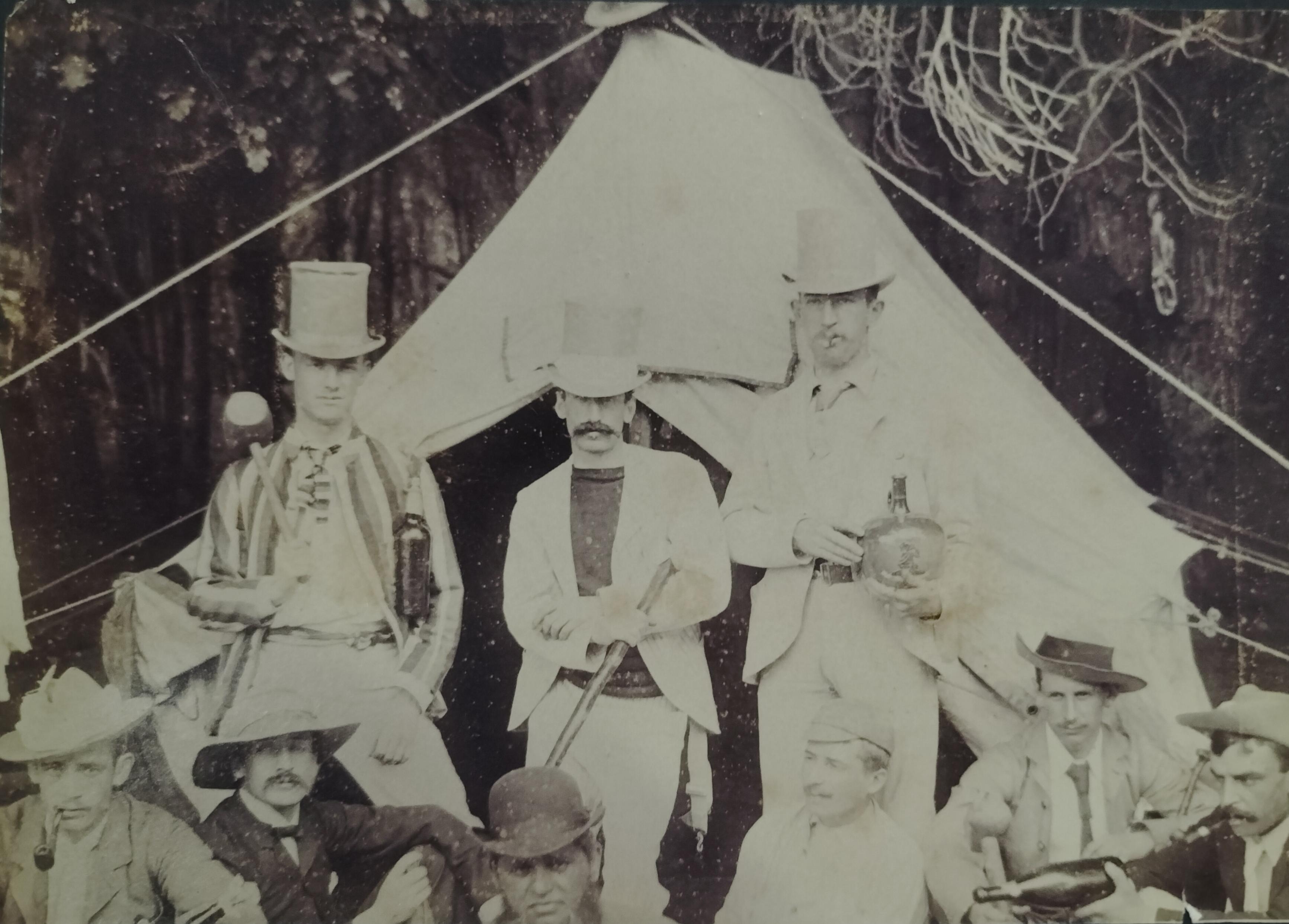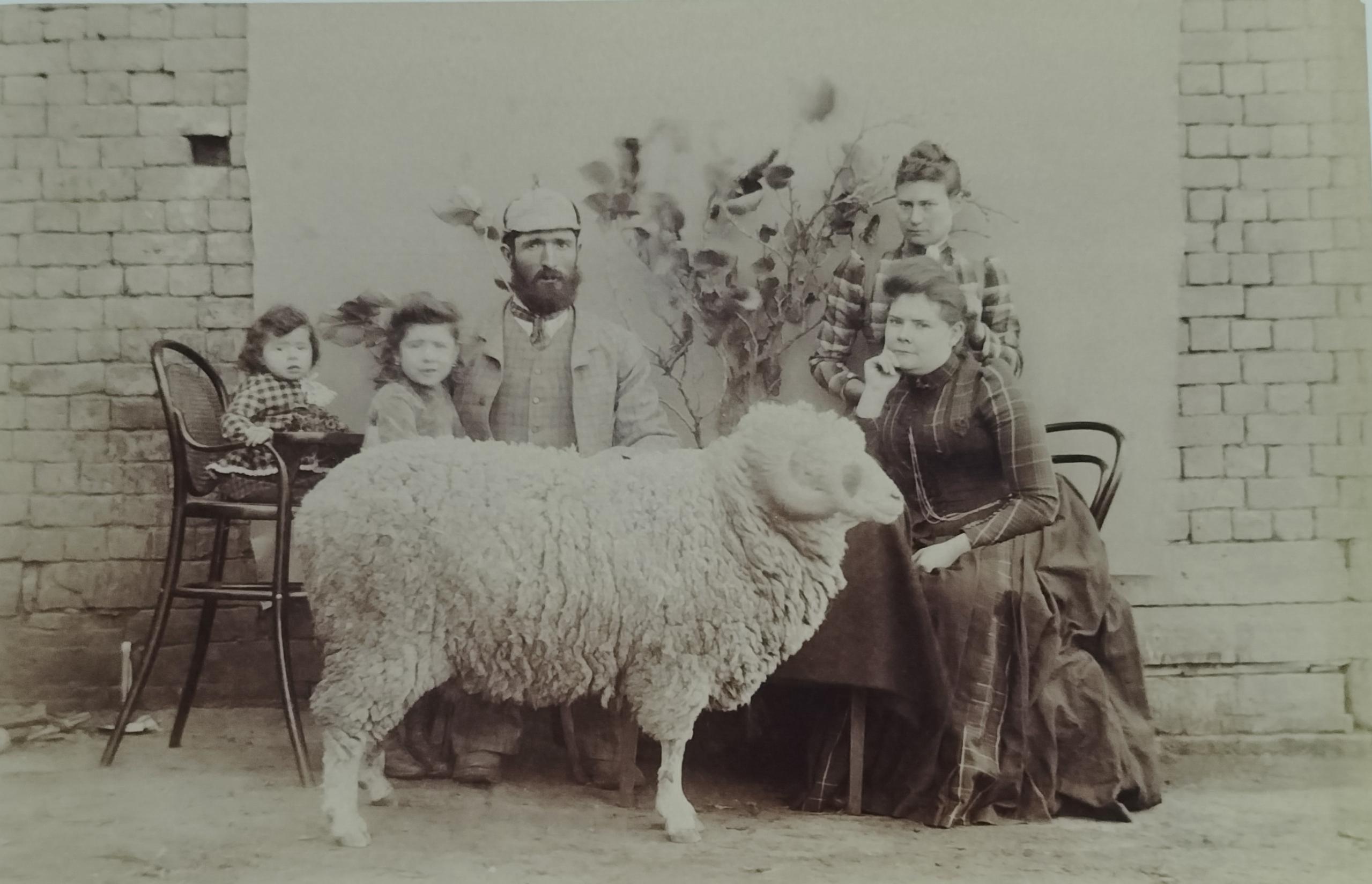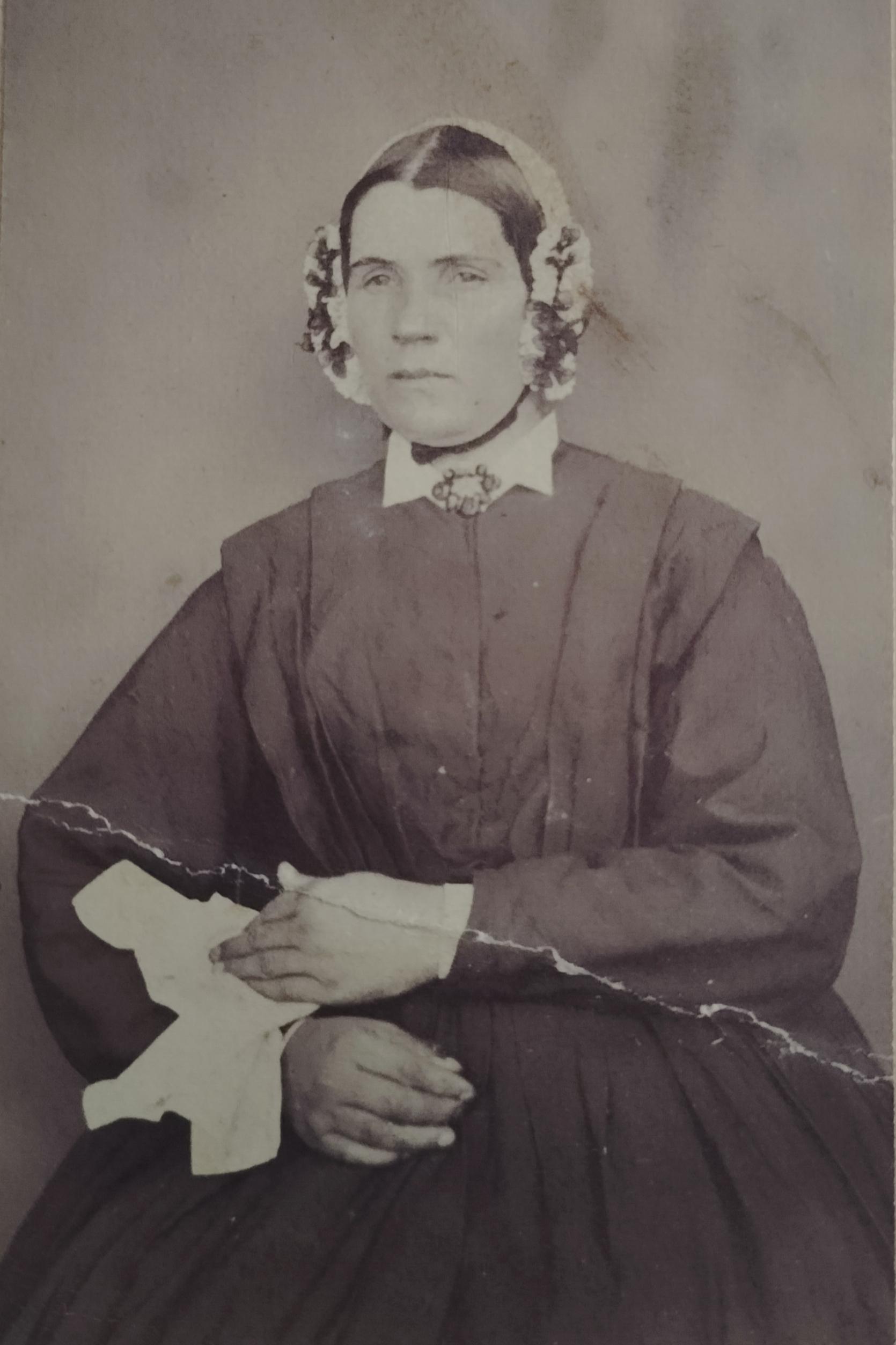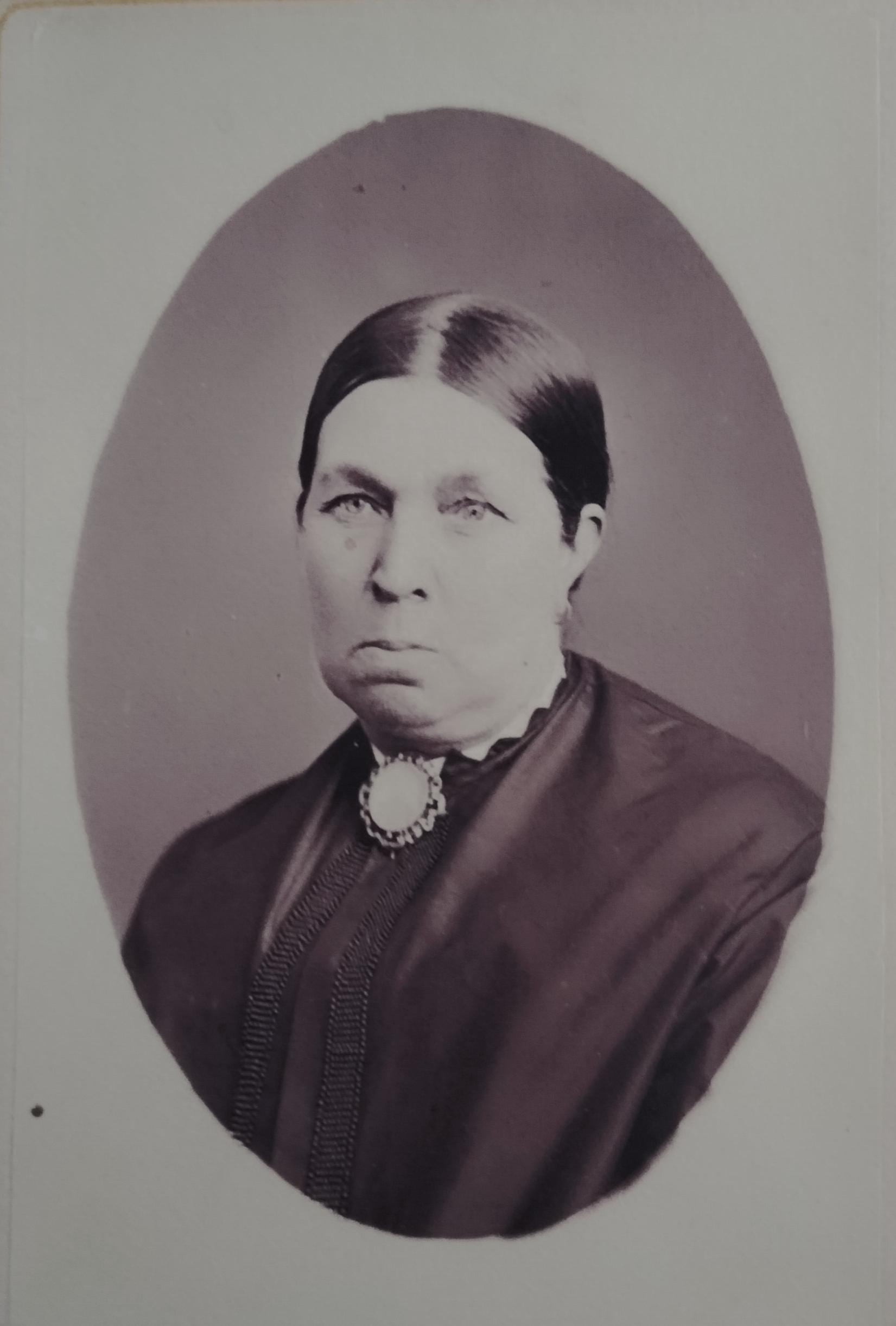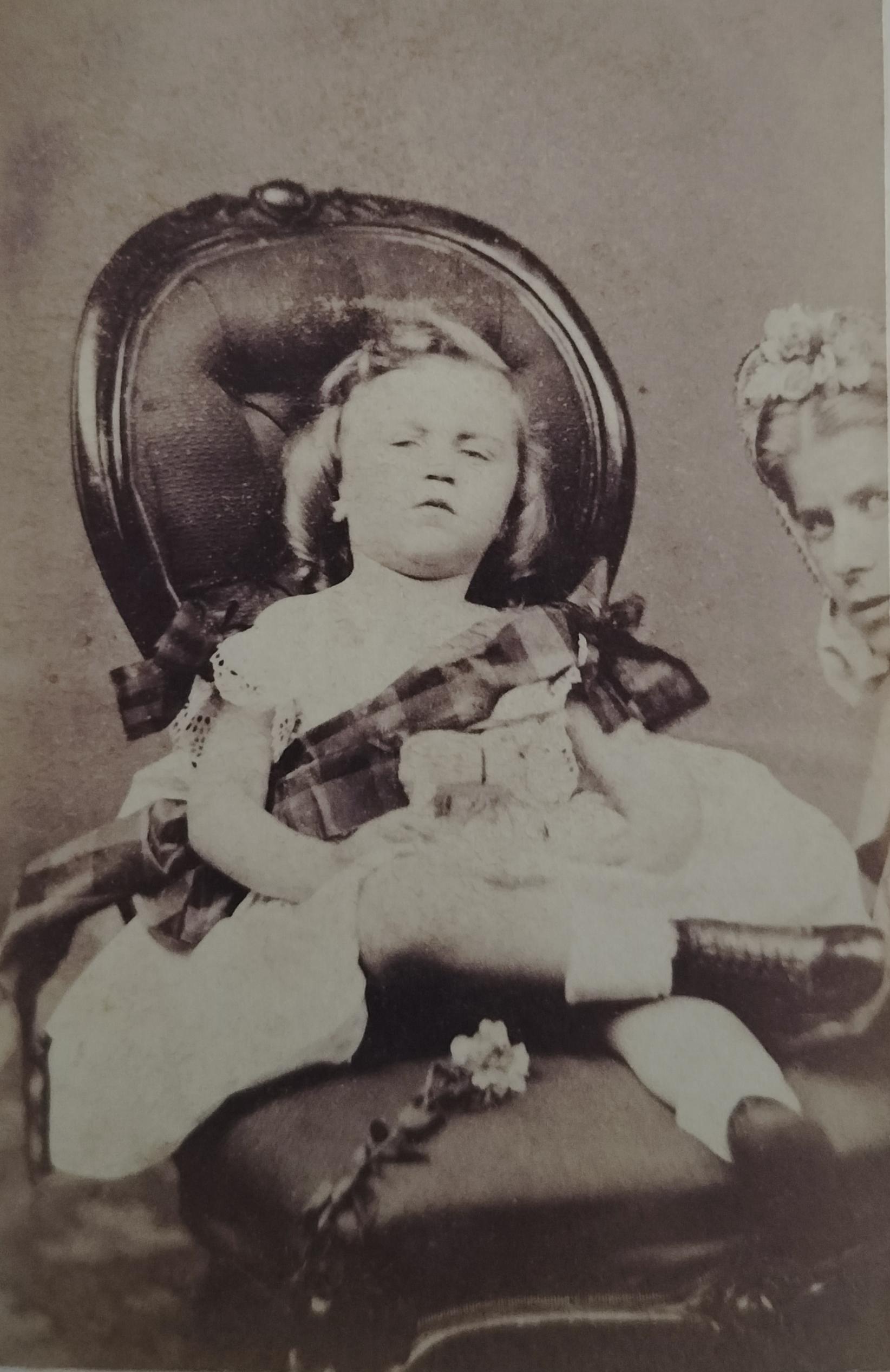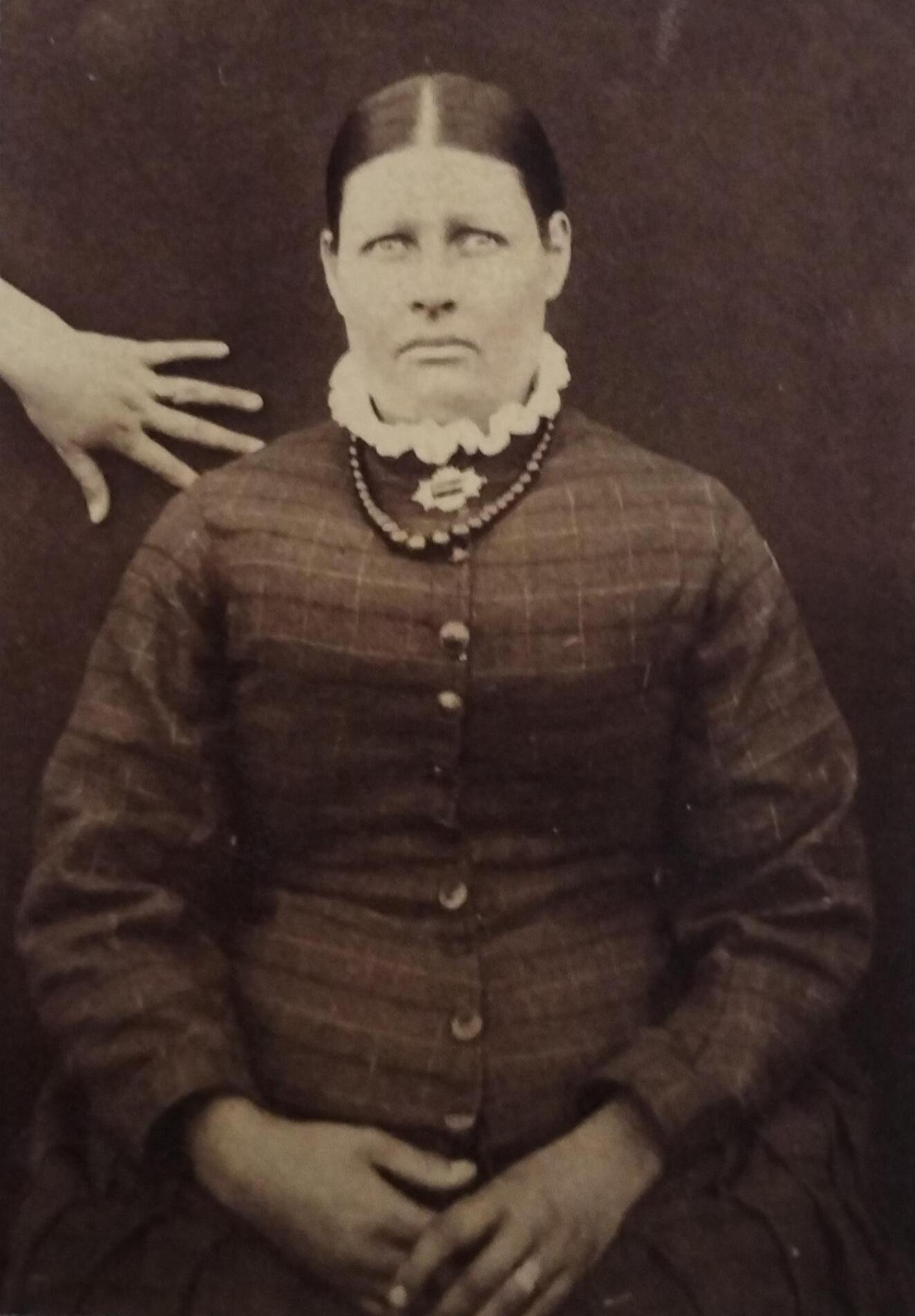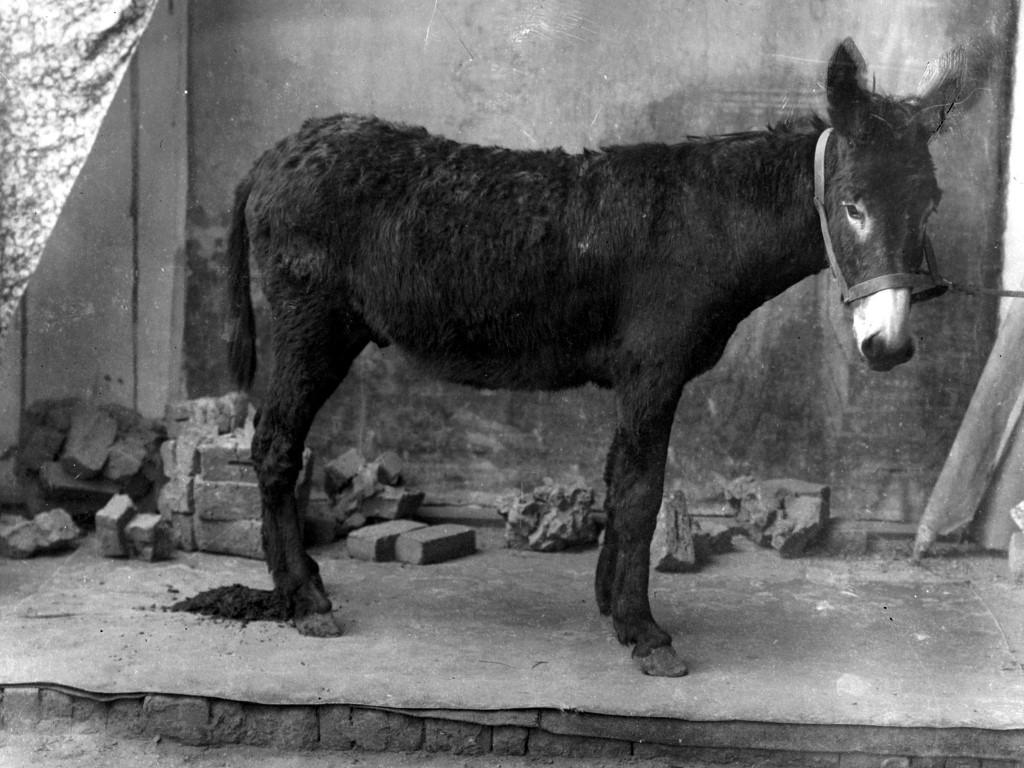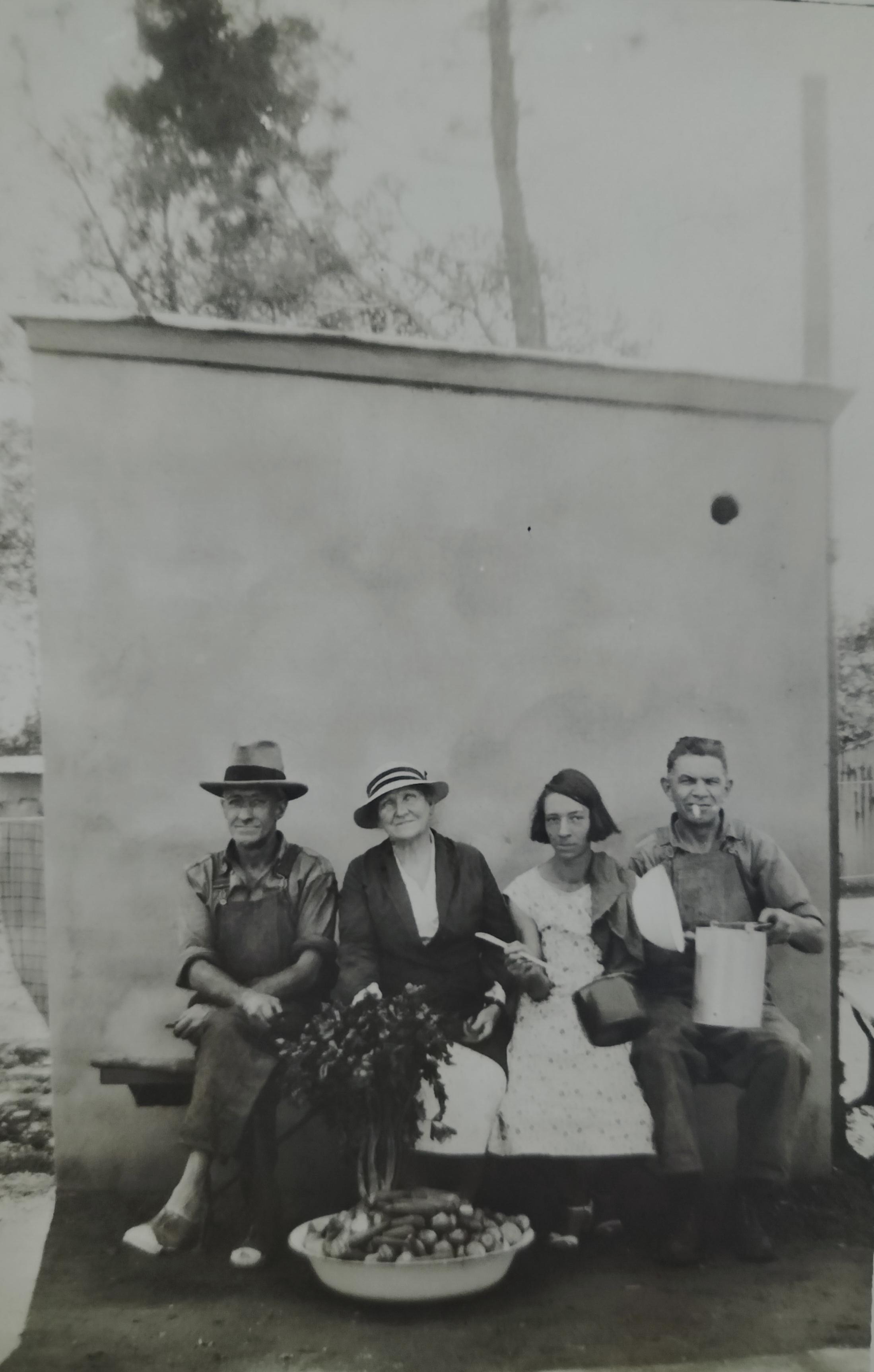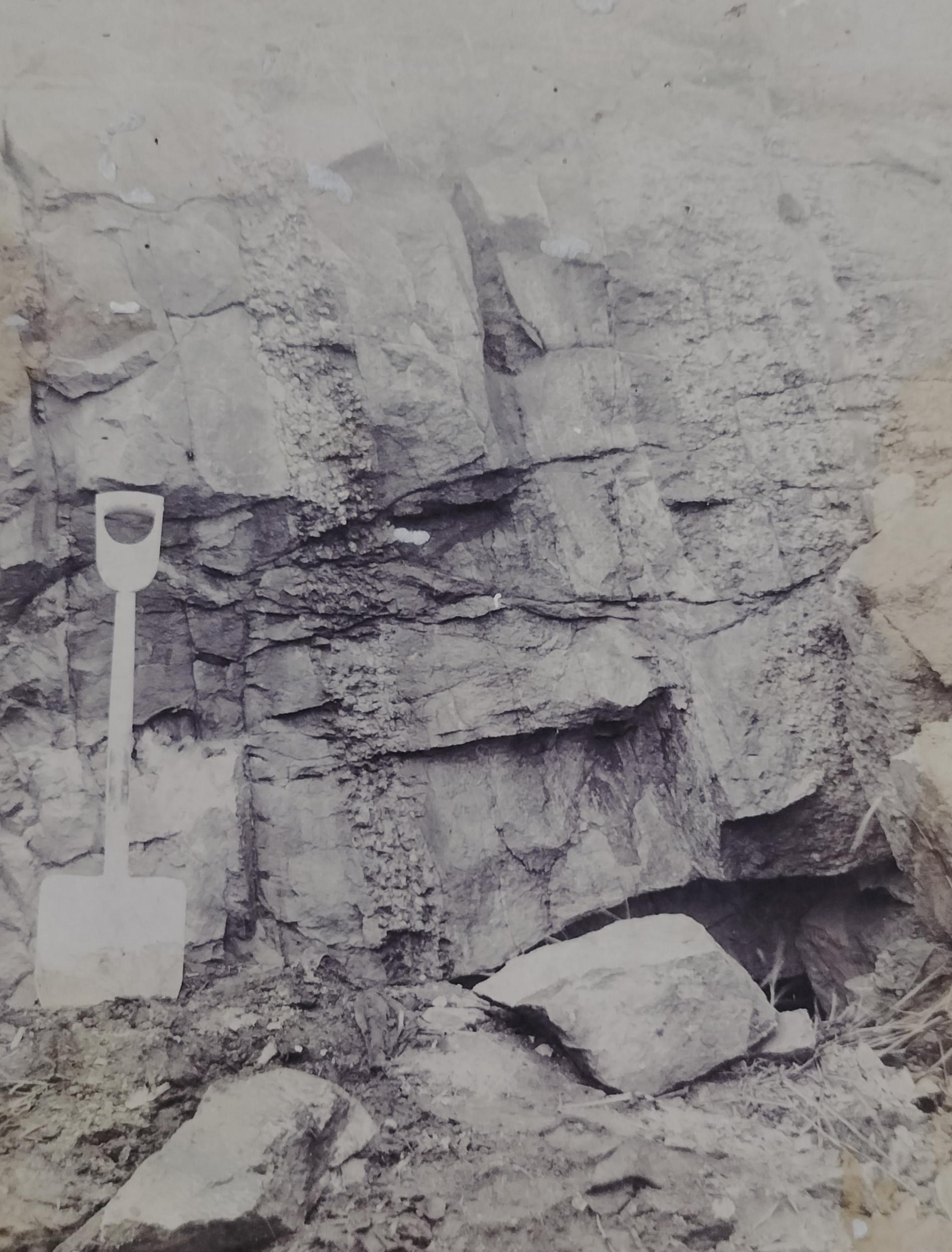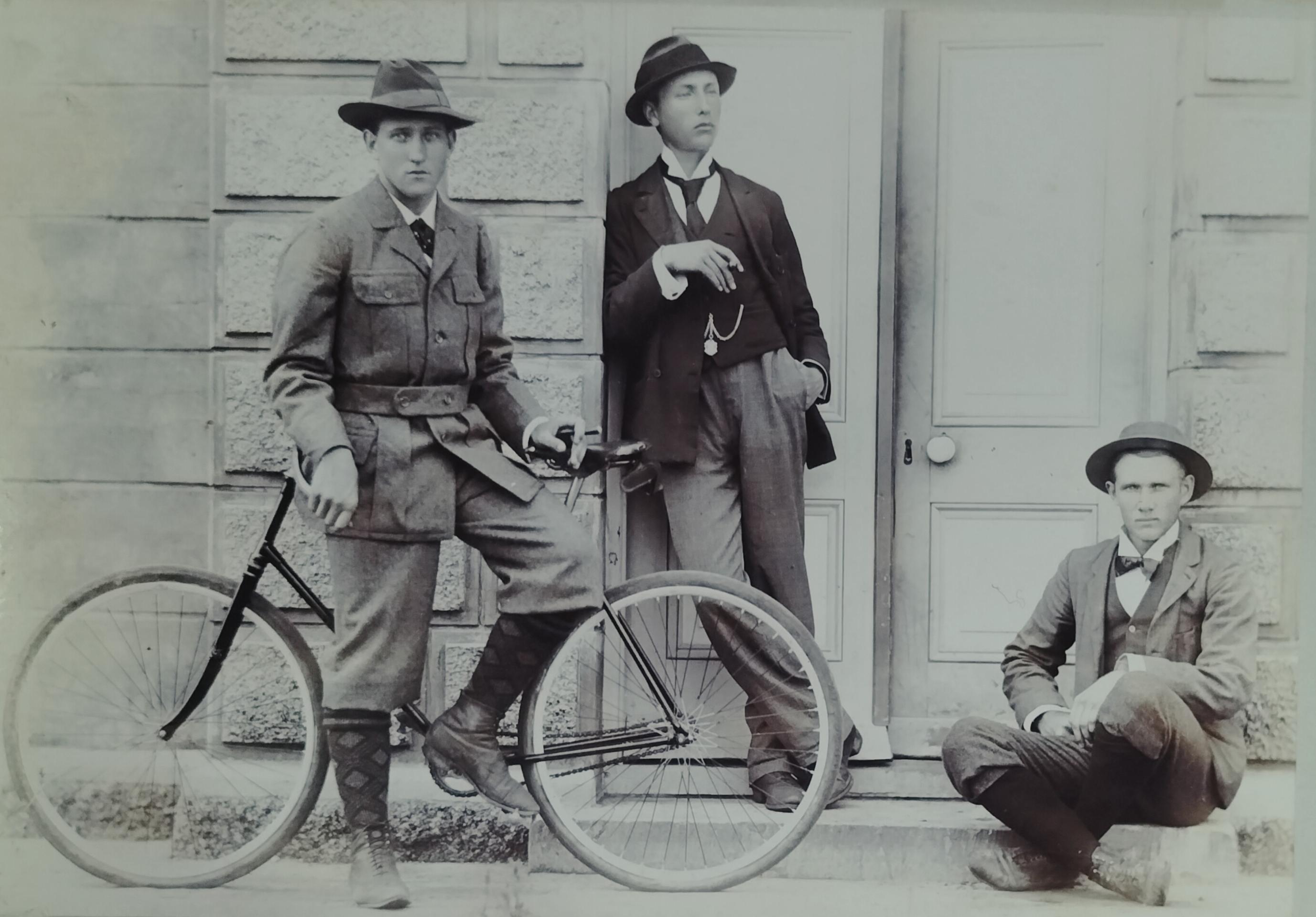
Disclaimer: Any views expressed by individuals and organisations are their own and do not in any way represent the views of The Heritage Portal. If you find any mistakes or historical inaccuracies, please contact the editor.
Photographs are omnipresent. They possess the power to shock us or to idealise, they create a sense of nostalgia and act as a memorial (Berger in Sontag, 1979).
Historical photographs allow us to “see” the historical visual narratives captured therein. This requires the historical photograph to be interpreted by the viewer, contributing to the narrowing of the gap between the past and present.
Most abandoned photographs come without any provenance or description, leaving the interpretation thereof up to us. Such interpretation may send us down the garden path in that the interpretation is based on our very own frame of reference.
Sensible visual interpretation of historical imagery therefore requires a healthy blend of curiosity, analytical skills, historical knowledge and cultural sensitivity to unlock the narratives behind the images and in doing so preserve their significance for future generations.
The word photo interpretation is typically associated with the analysis of aerial photographs. Alternative wording could be picture or visual interpretation. In this article, I therefore elect to use visual interpretation throughout.
All too often I find myself stuck in interpreting a photograph. In many instances, the answer is obvious, whilst in others the questions remain hanging. In some instances, I have been left with a psychological hypothesis about the sitter/s.
The questions that often arise for me may entail:
- Why was the photograph even considered worthwhile capturing?
- What is the “message” contained therein?
- Why did the photographer (or the people in the photograph) elect to photograph or pose in selected ways?
- How was the photograph captured?
- Why did the sitter/s pose with obscure items or animals?
Without some sort of visual curiosity, visual interpretation will not get out of the starting blocks.
This article contains some examples of historical South African photographs where the answers to the questions are obvious whilst others remain unanswered.
A Carte de Visite photograph by an unknown photographer of an unknown family (circa 1870). In this photograph, the photographer touched up the image by applying pupils to each of the sitters making the photograph look eery. This he would have done either directly onto the photograph or on the glass negative before producing the image in paper format. Applying pupils to photographs afterwards was not an uncommon practice, yet the intent to provide more reality to the image did not always provide the impact that the photographer was hoping for.
A post-mortem Carte de Visite photograph by Stellenbosch-based GJ Naude (circa 1874). Post-mortem photographs were a frequent practice in the mid to late 1800s. These photographs often included only the deceased or the deceased child with a parent. It is therefore rather unusual to see a surviving child included on a post-mortem photograph such as this one. The boy must have been around 4 years old. Although the answer is possibly obvious, the question is why a parent would want to expose a young child to such potential trauma. Post-mortem photography was clearly one of Naude’s specialities in that the Hardijzer Photographic Research Collection contains a number of such images by him.
A snap-shot photograph seemingly taken on the Durban beach (circa 1930s). This image raises several questions. Are the two ladies in their costumes in the background related to the photographer? Was this photograph sneakily captured? (Given the composition of the image it seems so), or was it an accidental release of the shutter proving this surprising image?
Photography 101 – Do not let people look into the sun when capturing an image. Was this photograph wilfully captured in such a way as to ensure that the photographer’s shadow forms part of the group shot? Unlikely. Why did she then elect to proceed in pressing the release button knowing that her shadow overwhelms the image? The answer is potentially straightforward – The photographer was an amateur photographer unconcerned about proper composition (circa 1940s).
Controlling adults with a rowdy bunch – A black and white photograph (circa 1920s). The location and names of the children are unknown but were they really that rowdy or uncontrollable that two adults (one on the left and one on the right) had to watch over them? This image, although amateurish, provides for an interesting unintended result.
A Polaroid image from the 1970s of an unknown girl. What did the photographer intent to portray with this photograph? Was the inclusion of the portraits in the background intentional, or was the intent simply to capture a photograph of the child in the TV room? Considering the composition of the image, it seems that the inclusion of the portraits against the wall was intentional. Why? Did the girl request for the portraits to be included?
Black and white photograph of an unknown boy (circa 1920s). The risk here is to potentially over interpret this image. The boy, who seems somewhat hesitant, was placed on the sheep by the adult (included in the left of the image) who quickly stepped away for the photograph to be captured by a third party. Note the bull in the background. The boy in all probability was a “stadsjapie” (city dweller), therefore the significance of the photograph.
Some readers may ask, why place emphasis on visual interpretation. The answer lies in the application thereof, which typically entails:
- Research – historians, like me, analyse photos to supplement written records or reconstruct past events;
- Education - historic photographs can be used to engage students in visual learning and critical thinking. Use of historical imagery in social media communications has also rapidly increased during the past decade or two;
- Preservation - archivists work to conserve and digitise old photographs for future generations;
- Exhibitions - museums and galleries present curated collections to display specific historical themes;
- Presentations – historical photographs are known to have been used in digital presentations to audiences.
Unveiling the past through vintage photographs
Historic visual interpretation of photographs entails analysing old photographs which contribute to the viewer’s understanding of the social, cultural, political, and environmental contexts of the times (inclusive of a variety of other nuances) in which they were taken.
Antique and vintage photographs, which are artifacts in themselves, serve as visual time capsules offering invaluable insights into historical events, everyday life, social interaction, architectural developments, technological advancements, and changing cultural norms.
It has happened that my partner spotted something on a photograph that I did not notice or register as significant, which confirms that we often see and interpret imagery very differently.
A recent example of an attempted photo interpretation relates to a large format black and white photograph of two well-to-do unknown young men standing next to a car. The car, which is prominent in the photograph, received all the attention. What was missed by the original owner of this 1950s image, even though almost insignificant, is that the photograph was captured on the Witwatersrand (showing mine dumps in the background), yet the car has a Cape Town registration number. This suggests that the photograph was captured during a vacation trip up north by the parents of the two young men.
Another example is, based on an inscription on a South African-themed photograph, where the number of sitters on the photograph just did not add up, only for me later to realise that the one additional sitter was not described on the photograph. This young sitter was dressed differently from the rest of the group of boys his age appearing in the photograph, which I did not notice at first. It turned out to have been the child of the prominent figures that appeared in the photograph. The young, unnamed chap appeared inconsequential, yet it turned out to be the son of one of Portugal’s future presidents.
Photographs remain very useful types of primary sources. They provide a rare glimpse of a particular second in time, which will never again be repeated. This is especially true for events that occurred before the development of television or digital technologies.
Historical selfie. 1930s black and white snapshot of a group of unknown young men. We would think that the concept of a selfie only relates to the use of a cell phone. In this very interesting composition, the young men found a way to capture themselves - attach yarn to a camera and gently pull the string when everyone is ready. Clearly visible is the string that the young man standing on the left would have pulled to produce this classic image. The elected poses in themselves are interesting. What is the young man standing in the centre holding? Is he reading a note or busy rolling a cigarette with one hand?
Was the unusual effect of this image intentional? Unlikely. In this black-and-white image (circa 1940s), the unknown young pianist probably wanted an image of herself playing the piano. The camera was more than likely set on a longer exposure time resulting in the ghostly movement. She would have pressed the release button on the camera and moved in front of the camera (the slight blur on the left of image), positioned herself on the chair in front of the piano, played and looked at the camera. This is a rational interpretation – of course, there will be attempts to argue that this is a ghost photograph – something that was often attempted in photography, more so between the 1850s and early 1900s.
Look carefully. In front of the unknown family is a turtle/tortoise or turtle/tortoise shell. What is the significance of this image? Why is it included in the image? Is it a family in mourning following the death of a “pet” or is it a hunting trophy? The photographer of this image as well as its location is unknown (circa 1875). Note the oversized jacket of the male in the image.
Why would the person on the left be on their knees? Carte de Visite photograph by an unknown photographer of the unknown sitter (circa 1872). It could be that it is the photographer’s assistant that is attempting to avoid being captured on the image after attending to the dress of the sitter. It could also be that it is a family member of the sitter who also needs to be photographed. But why? Whether it is the photographer’s assistant or a family member, they would have been able to stand away from being caught by the lens. Could it therefore be that stability needed to be provided to the pillar? Unlikely. Pillars such as these were often used for the sitter to lean on to prevent movement due to longer exposure times.
Did the attempt at highlighting the sky in blue contribute to a more appealing image? The colour in this image (circa 1940s) would have been added by the photographer or a child of the unknown male appearing in the image. The image is inscribed as “Deddy” on the back.
A most intriguing photograph in that the young lady seated on the right does not look healthy. It is unlikely that the dark marks underneath her eyes would be make-up. Her fellow sitter does not look very happy either. What is their story? Both the girls seem to have been indigent South African citizens. The Cabinet Card format photograph (circa 1905) is by an unknown South African photographer.
The question that often arises in analysing these types of hunting photographs is whether the hunters shot the animals because they were hungry (and the meat did not go to waste) or were the animals shot as part of a hunting expedition where there was a competition to determine who can shoot the most animals (and the meat went to waste) – Cabinet photograph (circa 1905).
Captured below are some challenges we may face, as well as some of the key elements to consider in photo interpretation.
Challenges in the interpretation of old photographs
- Lack of context - Many photographs come without captions or provenance, making interpretation speculative. It may even be difficult to determine or confirm on which continent a photograph was captured;
- Technological degradation - Older photos are occasionally faded, damaged, or poorly preserved making analysis thereof even more challenging;
- Cultural sensitivity - Some images may depict controversial or sensitive topics that require careful handling – Two examples here may be post-mortem or ethnographic photographs;
- Contemporary legal challenges – What was acceptable to photograph back then, will have legal ramifications today (if published) – with specific reference to early photographs of nude or semi-nude children. During the Victorian/Edwardian period, a popular studio pose was for a baby to lie in the nude on a blanket on its stomach or back;
- No photographer detail – Interpretation of photographs without any photographer details also results in speculative conclusions as to which continent a photograph was captured. Most early carte de visite and cabinet card photographs at least have the photographer’s details recorded.
Key Elements in Visual/Photo Interpretation
1) Content Analysis - Involves examining the visible elements within the photograph, such as people, objects, landscapes, or buildings. Relevant here may be:
- Clothing styles and uniforms to determine the era or social class of the subjects;
- Architecture and infrastructure to identify locations or the period’s technological level;
- Modes of transport also assist in determining when a photograph was taken;
- Expressions and postures to infer cultural attitudes or emotional contexts.
2) Historical Context - Placing the photo in its historical setting is essential. Researchers ask questions such as:
- When and where was the photo taken?
- What significant historical events or movements were happening at the time?
- Who might have taken the photo, and for what purpose?
3) Photographic Techniques - Understanding the technical aspects of the photo, such as the type of camera, lighting, studio setting and composition, can provide clues about the era and the photographer’s intentions. For instance, early photography reflects 19th-century methods and limitations, while aerial images might indicate military or governmental use.
4) Cultural and Symbolic Meanings - Many historic photos carry deeper symbolic meanings. For example:
- A wartime photograph may symbolise resilience or loss;
- Images of protests can highlight social injustices or political movements;
- Family portraits often reflect changing definitions of family ties and societal roles – An example here could be when couples were photographed, the man is often seen sitting whilst his wife had to stand next to him when a photograph was captured;
- A torn photograph could suggest that the owner no longer wanted to be associated with the person appearing with them In the photograph. This is often seen in wedding photographs of old.
5) Documentary Value - Photographs often serve as primary sources, capturing details overlooked in written records. For example:
- Urban landscapes can show how cities evolved – Picture cards in particular play a crucial role here;
- Photographs of workers can reveal labour conditions and workplace diversity;
- Advancements in transport (i.e. trains, planes, cars, motor vehicles and motorbikes).
6) Bias and Perspective – It remains crucial to consider who created the image and for what audience. Photographers and publishers often had specific agendas or perspectives that influenced how subjects were portrayed.
What is it with the skull? Is this the skull of a loved one? If so, why? Although it certainly was not part of the South African culture to exhibit mourning with a skull, could it be that it is the skull of a loved one who passed away during the Anglo-Boer War and that the grave has been identified allowing them now to mourn the loss of a father? Another attempted interpretation was that this was an anthropological find on a farm where the three sitters may have resided. Photograph by SF Scholtz based in Lindley in the Orange Free State (circa 1912).
Both the bicycles on this Cabinet Card photograph by an unknown photographer (circa 1905) seem brand new. Are the unknown young men just showing off ownership of significant acquisitions or is there something more to this photograph? This photograph was clearly taken outdoors where the photographer put up a painted backdrop (as if in a studio).
A farmer boy with his prize-winning sheep? A Cabinet Card format photograph by an unknown photographer (circa 1908).
Absolute joyfulness. Two girls in a playroom full of toys watching a movie circa 1950s. Or are they? If so, what movie were they watching? The image seems to have been captured without a flashlight - how were the girls able to watch the movie in daylight then? The projector also does not show any light being projected from the lens. It is therefore a possibility that their attention was distracted from the dolls around them by somebody standing out of sight (on the left).
Photograph of an unknown indigent mother and son by an unknown photographer (circa 1870s). Easy to miss – what is the female sitter holding? It is a bush baby (a small nocturnal primate). The female sitter must have been so attached to her pet that she needed to include it in the image, even though almost unnoticeable in the photograph.
A close-up of the above image showing the bush baby being held by the female sitter.
Much alcohol around. Men with high hats and fancy dress outside a tent. What is the occasion? Boys’ weekend out? A bachelor party? A croquet event? What, or who is not included in the image (see left of image what seems to be a dress). Photographer of this cabinet card is unknown – the photograph was captured by an amateur photographer in all probability (circa 1915).
Must have been a prize-winning sheep. Unknown family or location. Both ladies on the right do not seem impressed to be appearing in the image with a sheep (Circa 1905 – photographer unknown).
Closing
Many historical photographs at first glance seem dull or of little interest. I have often been surprised by the information that “jumps” out at me once I look at a photograph in more detail – this is enriching.
One possible pitfall in visual interpretation remains my own frame of reference, resulting in possible creative or incorrect interpretations. My frame of reference is determined by my individual experiences, beliefs, value systems and attitudes.
Then there is also the aspect of habitual seeing. This is the tendency to notice the same things in the same way, limiting a possible broader perspective of what is being presented.
Many people assume that photographs are unbiased, accurate records of historical events. This is however not always the case – an aspect that constantly needs to be considered.
I also accept the fact that over-interpretation could be a pitfall. Occasionally, we therefore need to accept the image for what it is, without attempting to link some sort of narrative to it.
Cabinet Card format photograph captured in Standerton by an unknown photographer (circa 1908). The three sitters are Hansen, Pretorius and Prozesky. What is the significance of this exceptionally well-compositioned photograph? Did the young men indicate to the photographer how they wanted to pose, or was this the photographer’s initiative? What was the social standing of the young men in town?
So many questions here. What is the lady holding in her left hand? A handkerchief? If so, what would the significance of this pose be? Could it be that she has an injury? Unlikely in that the end of the sleeve of her right arm is visible. Could it be that she is in mourning? Carte de Visite photograph by an unknown photographer (circa 1875).
Comical facial expression (Carte de Visite format photograph – photographer and sitter unknown – Circa 1878). Psychology students often have to attempt to link an emotion to the expression observed in others. Could her expression be viewed as suppressing a sneeze, angst, anger, disgust, embarrassment or simply laughter that is being suppressed? Even more importantly, why was the sitter happy to distribute the photograph?
A Carte de Visite photograph (circa 1878) shows a mother kneeling next to her daughter to keep her still for the final photograph. It was not an uncommon practice for photographers to request parents to keep their children still in that photographs required a longer exposure time in the 1800s. Where there was movement during the exposure time, the image would be out of focus or blurred. The question here is why did the photographer not suggest to the mother to sit a little further away and not lean over to look at the camera or photographer in action?
What is the reason for the hand in the background? The only logical explanation is that the photograph was captured outdoors, and that the photographer’s assistant assisted by preventing the backdrop from falling over. Photographer of this 1880s Carte de Visite is unknown.
Who would want a photograph of their donkey/mule? An even more important question: Who would have cleaned up afterward? The photographer or the owner? Photograph taken in makeshift studio circa 1905. Image from original glass negative. Photographer was in all probability John Scholtz based in Aberdeen in the Karoo.
What is this rather poorly structured 1920s photograph telling us? Are the sitters farmers showing off their recent harvest? The pots being held by the two individuals on the right suggest that they may be cooks. Also, is this a photograph by a professional photographer considering the backdrop in use?
A shovel and some rocks. What is this abstract 1880s picture telling us? Is this a gold-bearing strip or diamond-bearing funnel, just right of the shovel, showing up? The photograph was obtained with a batch of early Johannesburg photographs – it is therefore assumed to have been captured in Johannesburg showing gold on the surface.
Main image: Cabinet Card format photograph captured in Standerton by an unknown photographer (circa 1908). The three sitters are Hansen, Pretorius and Prozesky. What is the significance of this exceptionally well-compositioned photograph? Did the young men indicate to the photographer how they wanted to pose, or was this the photographer’s initiative? What was the social standing of the young men in town?
This is my first article that I have constructed relying on input from artificial intelligence (AI). Time and time again AI has disappointed me in the past when checking historical facts, yet when asking it to provide a summary of photo interpretation I was impressed. Of course, I still had to “colour in” some of the points as it relates to visual interpretation.
About the author: Carol is passionate about South African Photographica – anything and everything to do with the history of photography. He not only collects anything relating to photography, but also extensively conducts research in this field. He has published a variety of articles on this topic and assisted a publisher and fellow researchers in the field. Of particular interest to Carol are historical South African photographs. He is conducting research on South African based photographers from before 1910. Carol has one of the largest private photographic collections in South Africa.
Sources
- ChatGPT (extracted 2 January 2025). Photo interpretation (ChatGPT.com)
- Hardijzer Photographic Research Collection (HPRC) – All photographs contained in this article are curated in the HPRC.
- Sontag, S. (2002). On Photography. Penguin Books. England
- Unknown (extracted 15 January 2025). Photo interpretation (www.historyskills.com)
Comments will load below. If for any reason none appear click here for some troubleshooting tips. If you would like to post a comment and need instructions click here.

